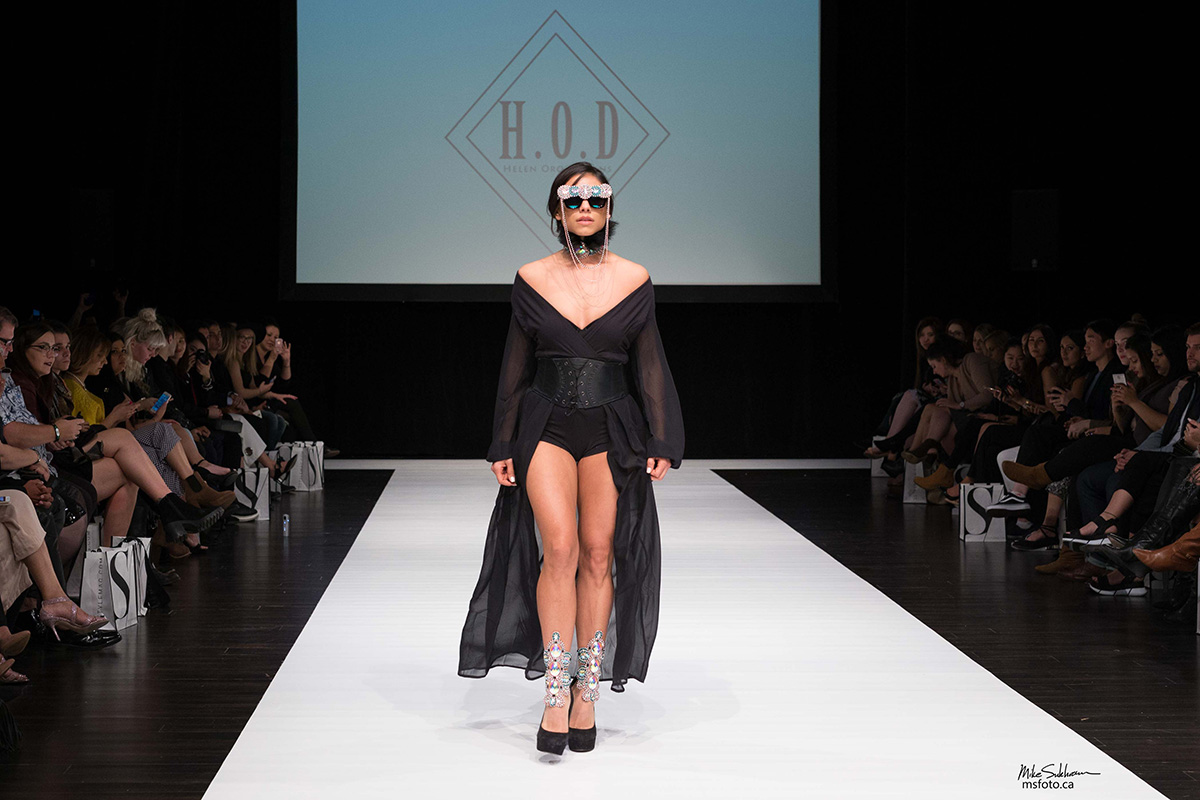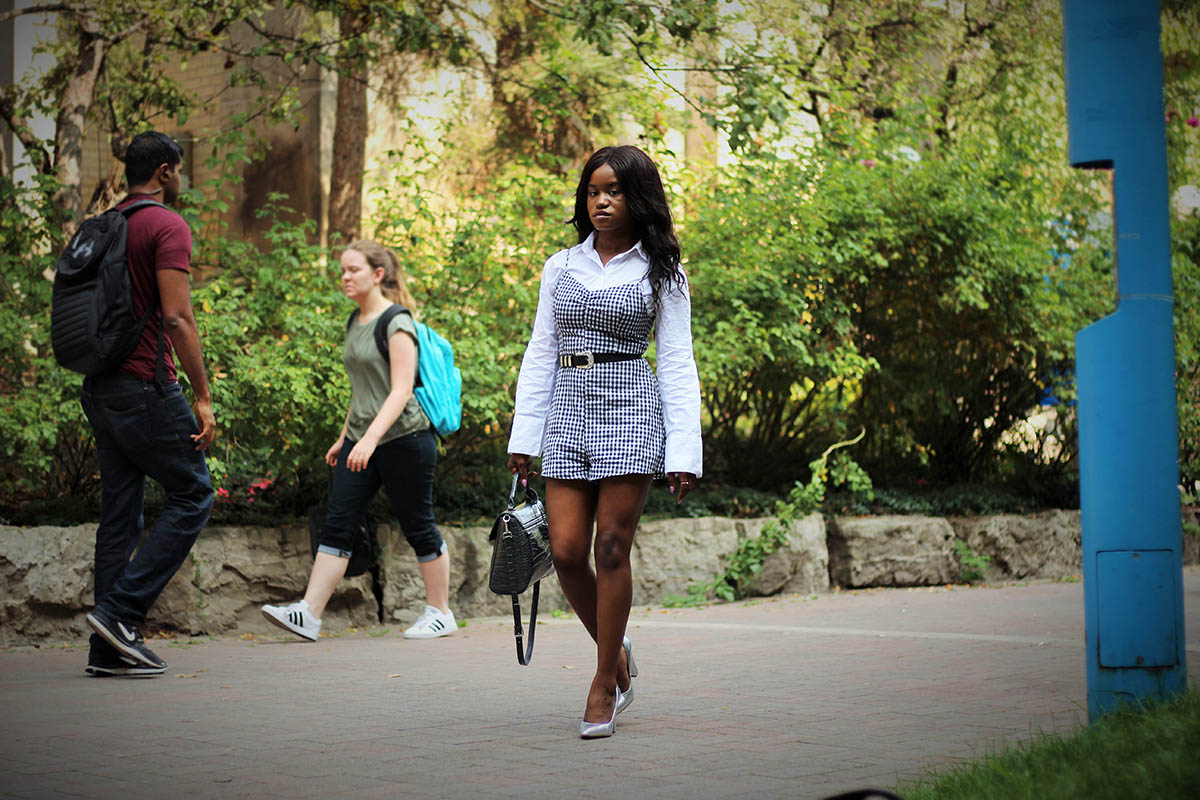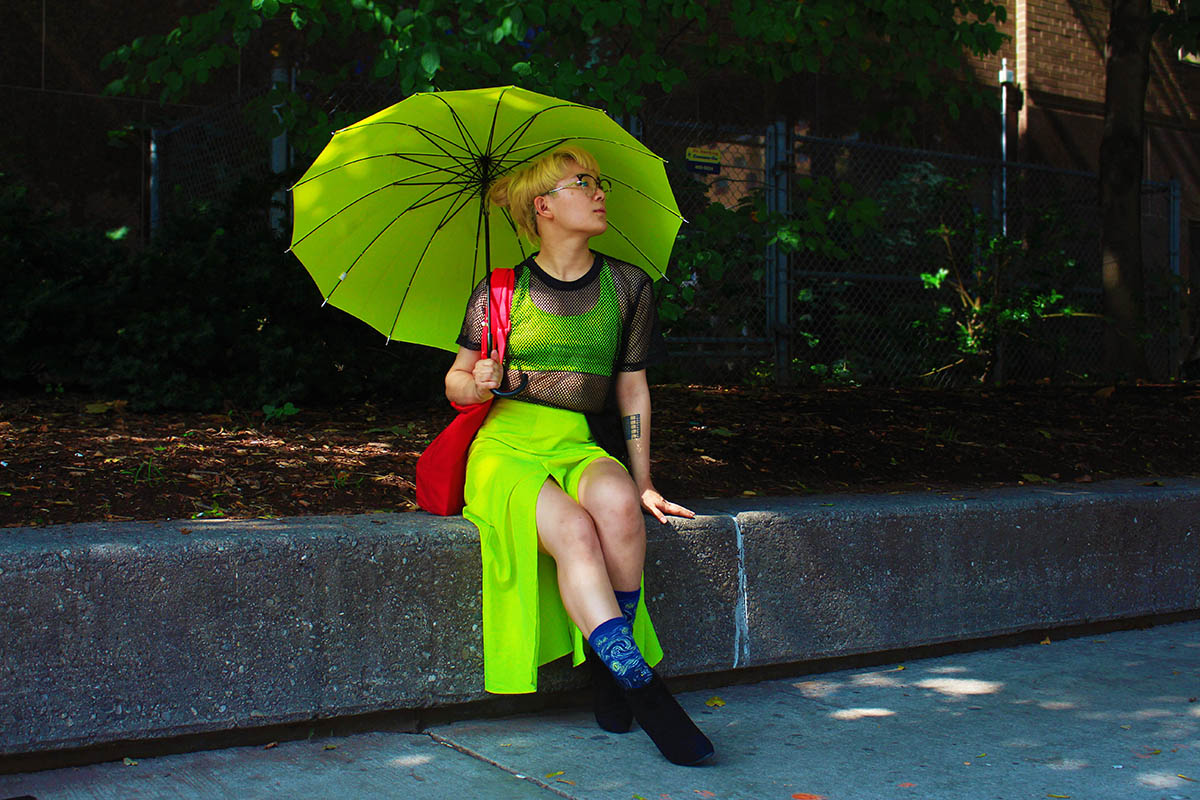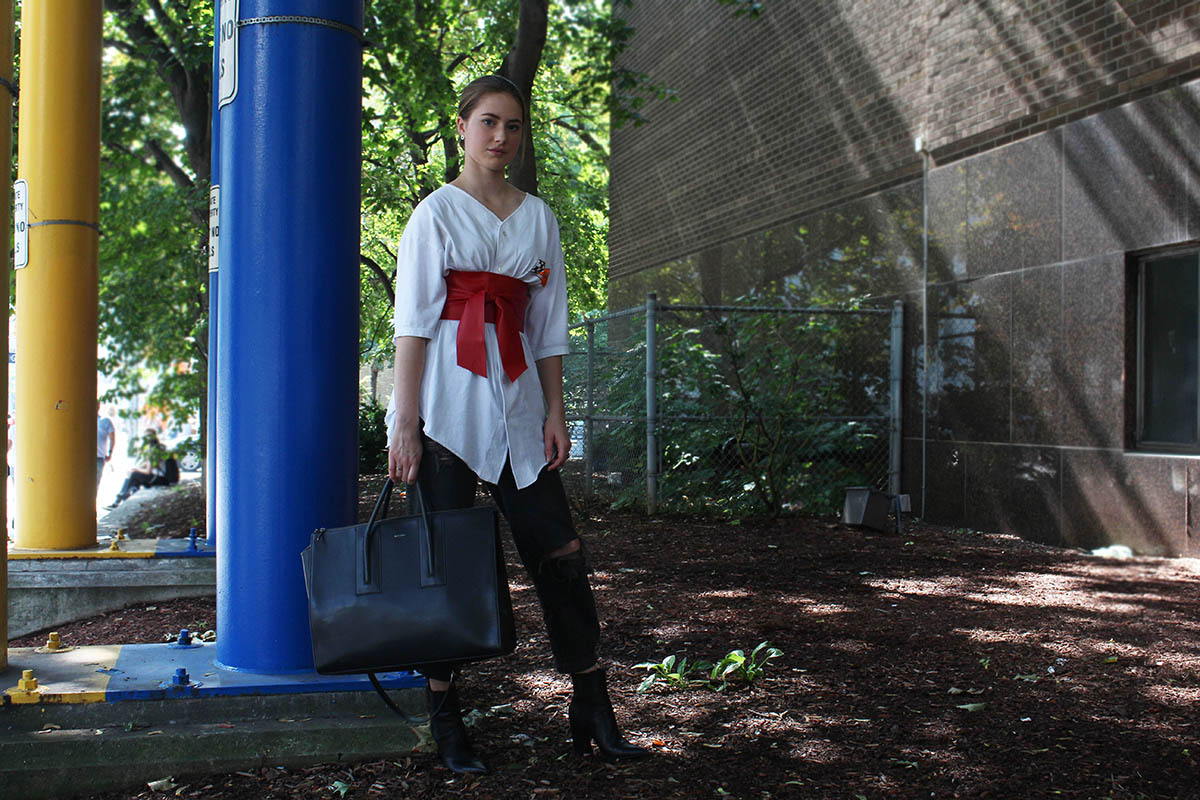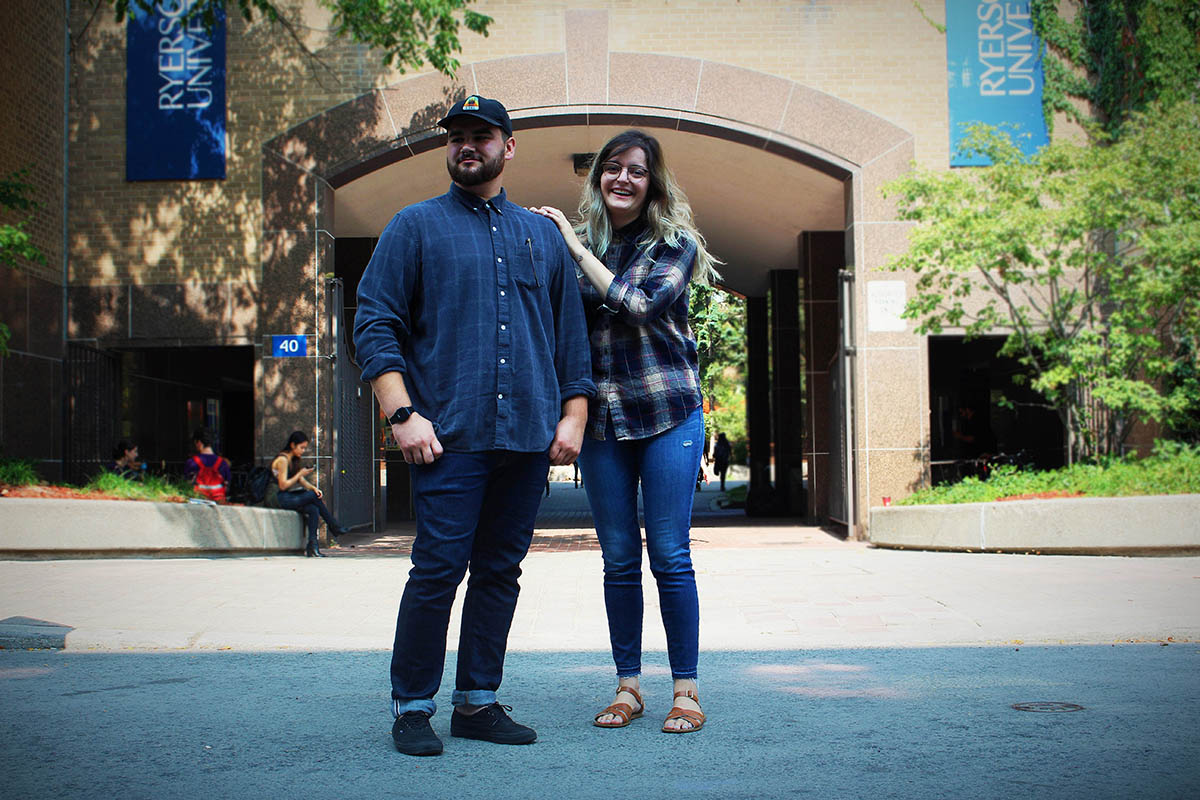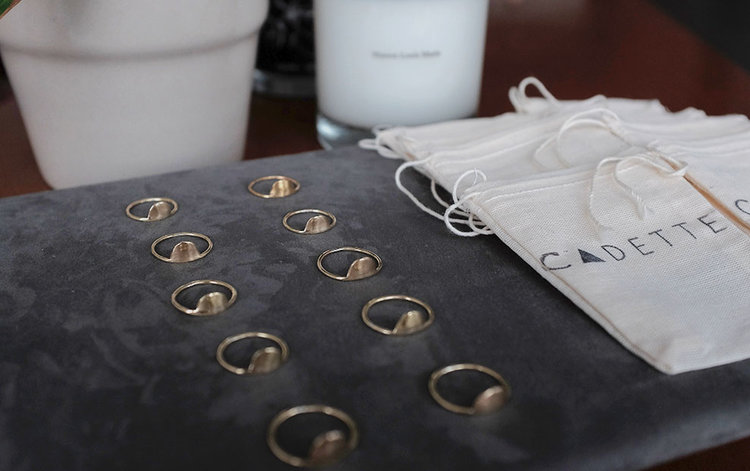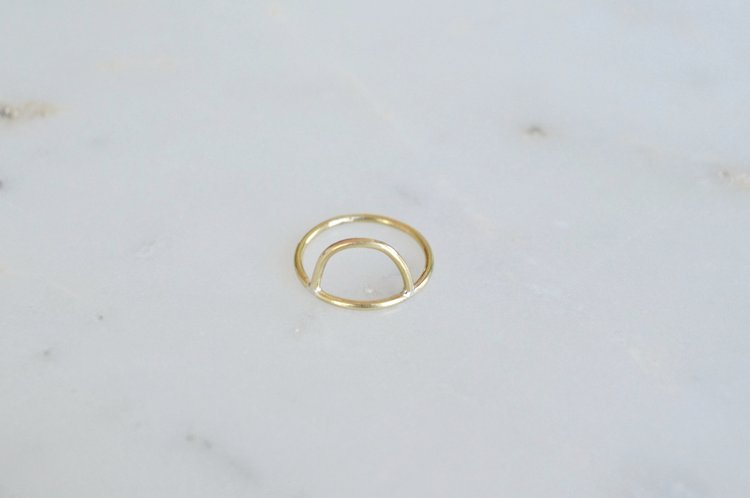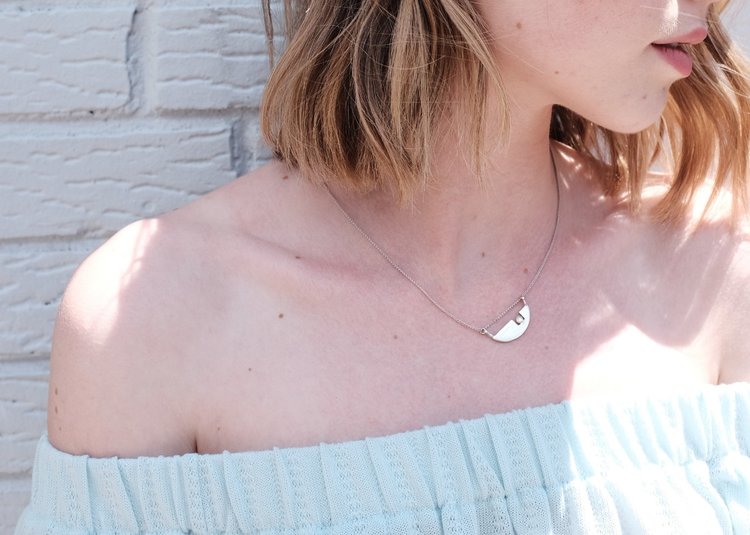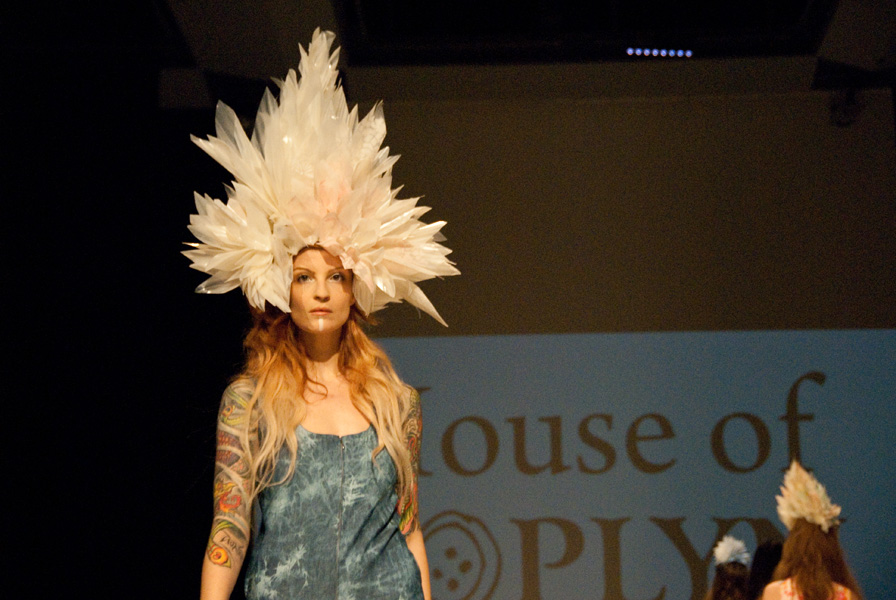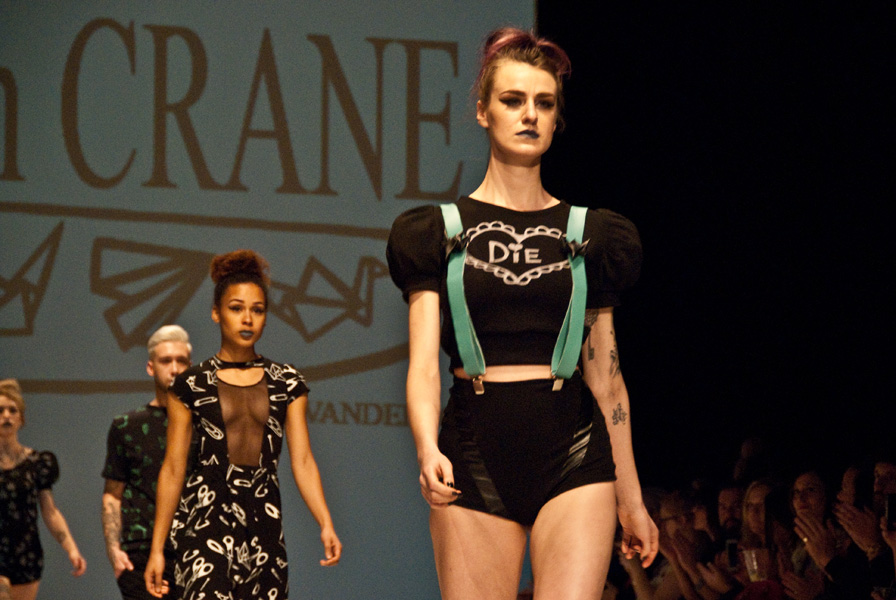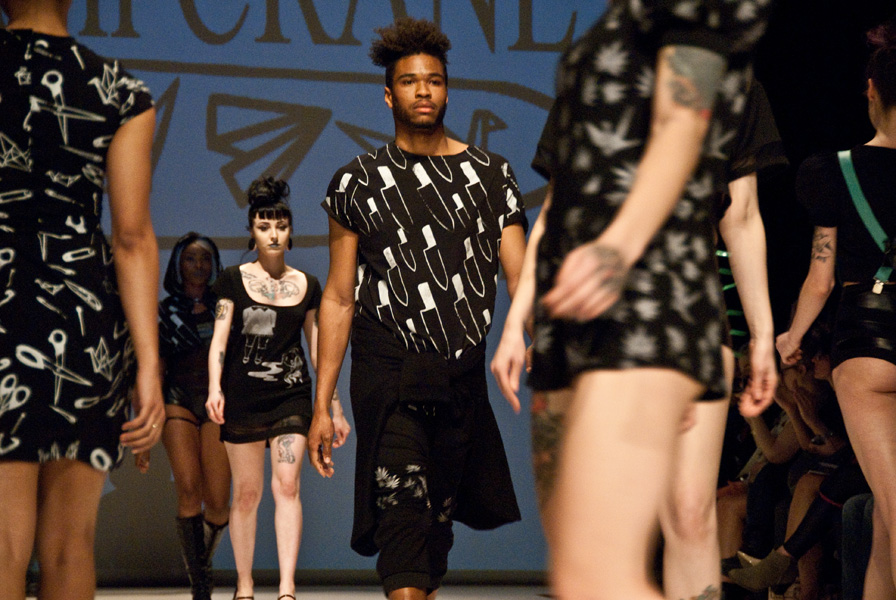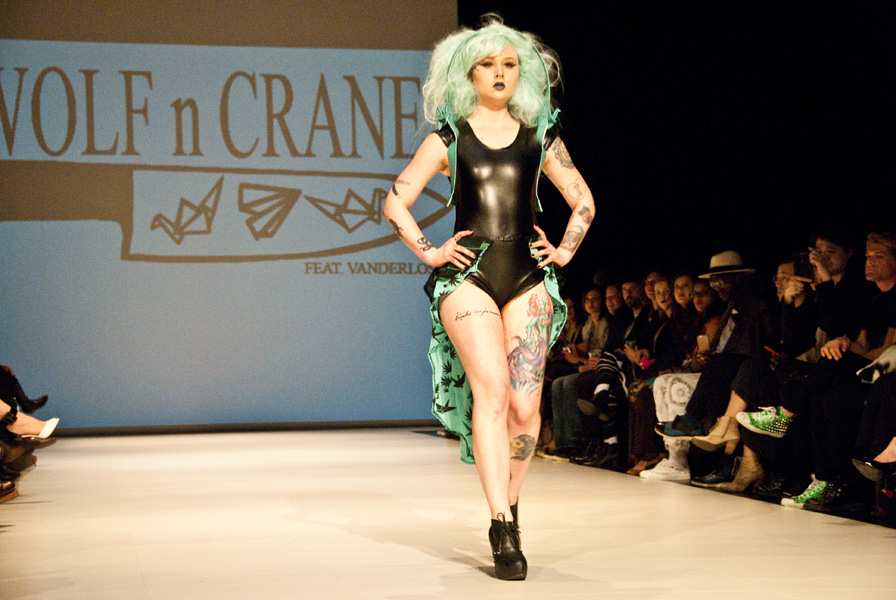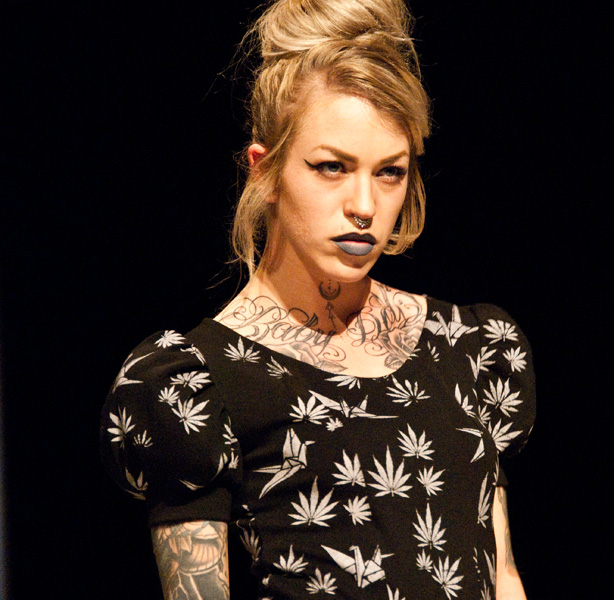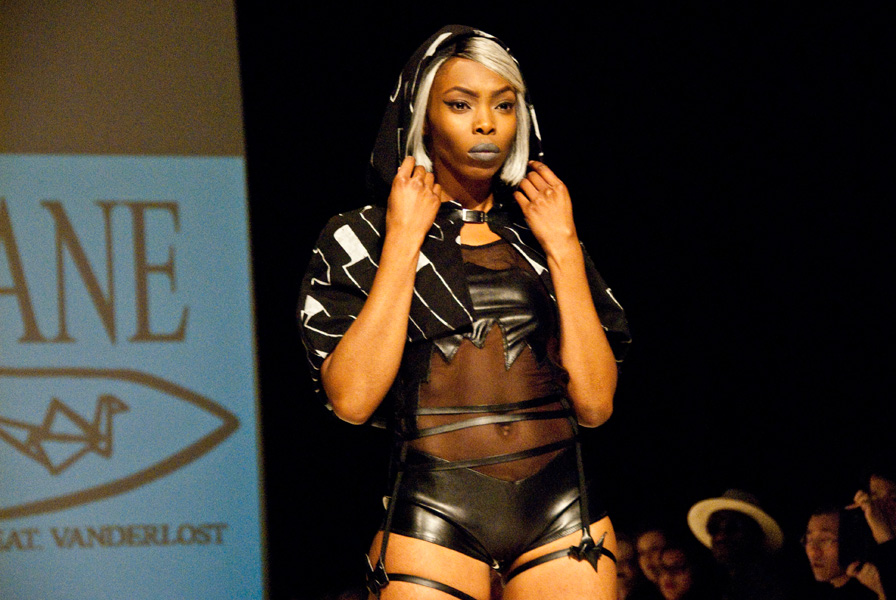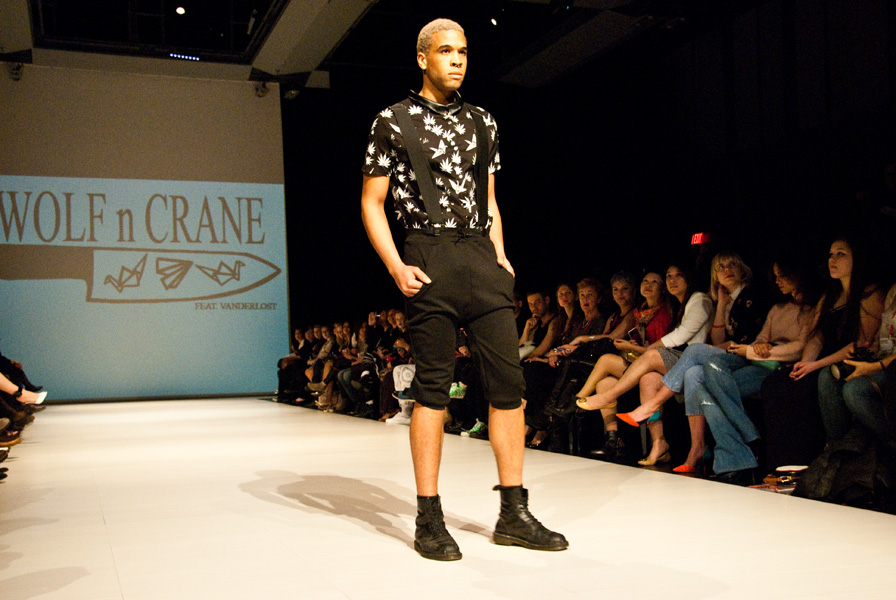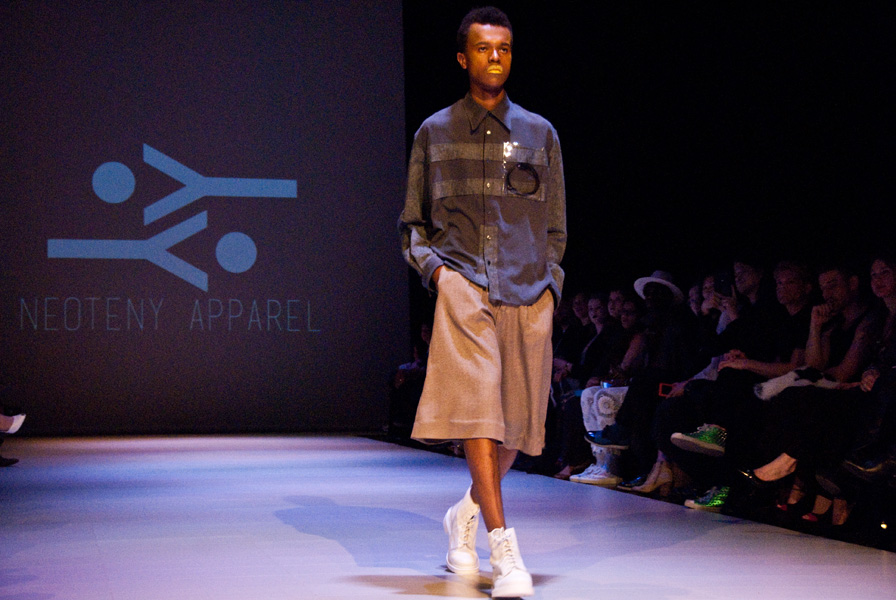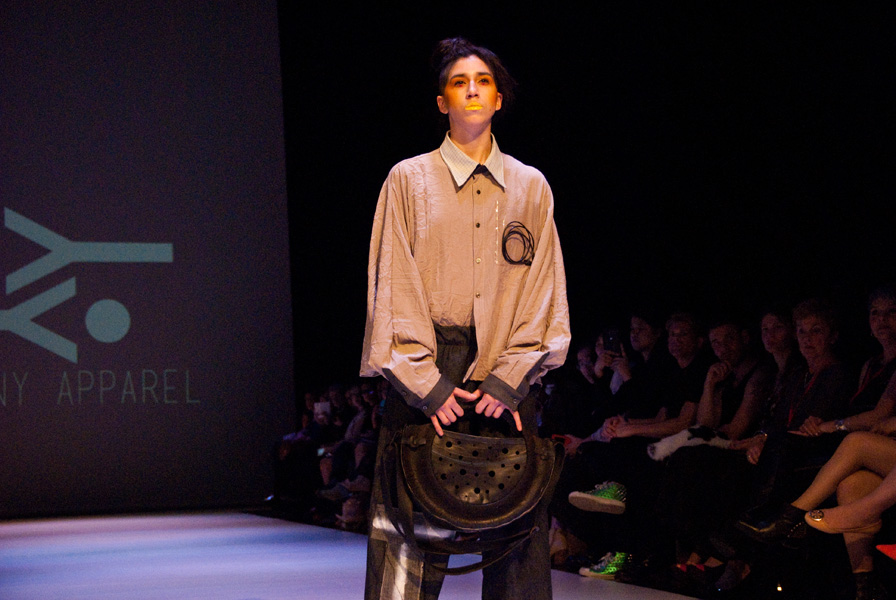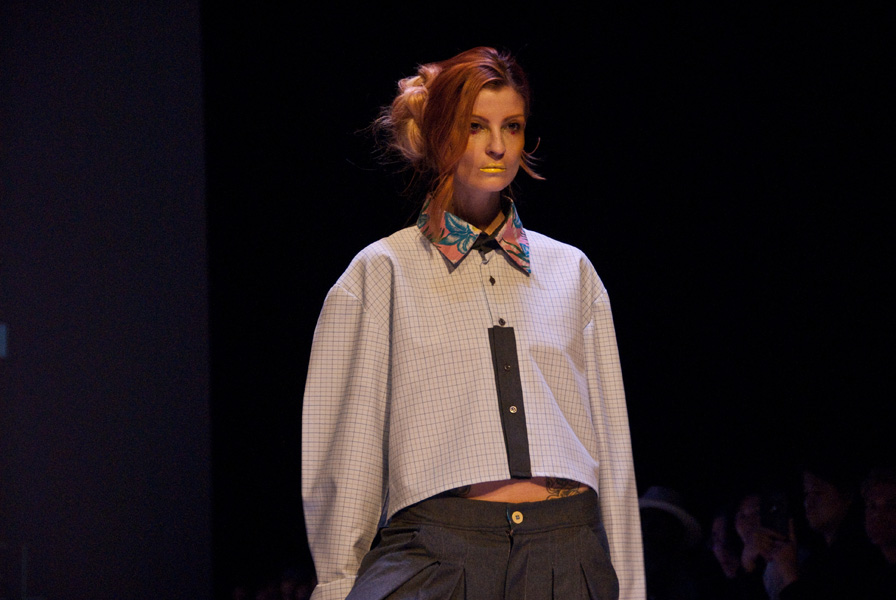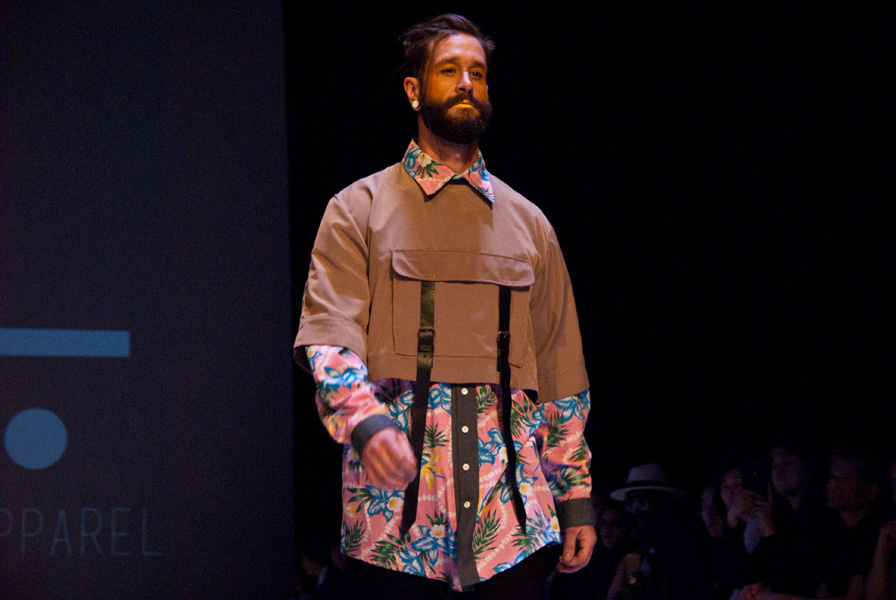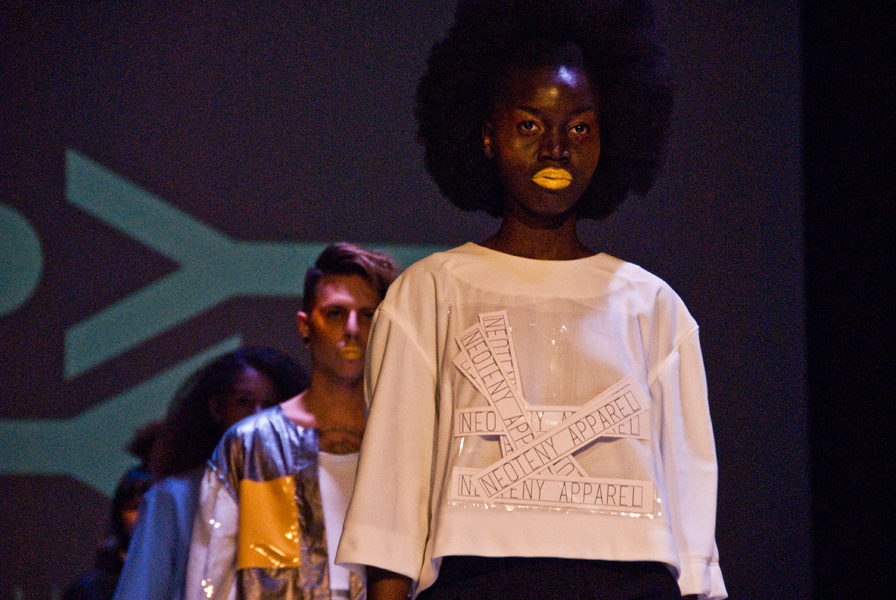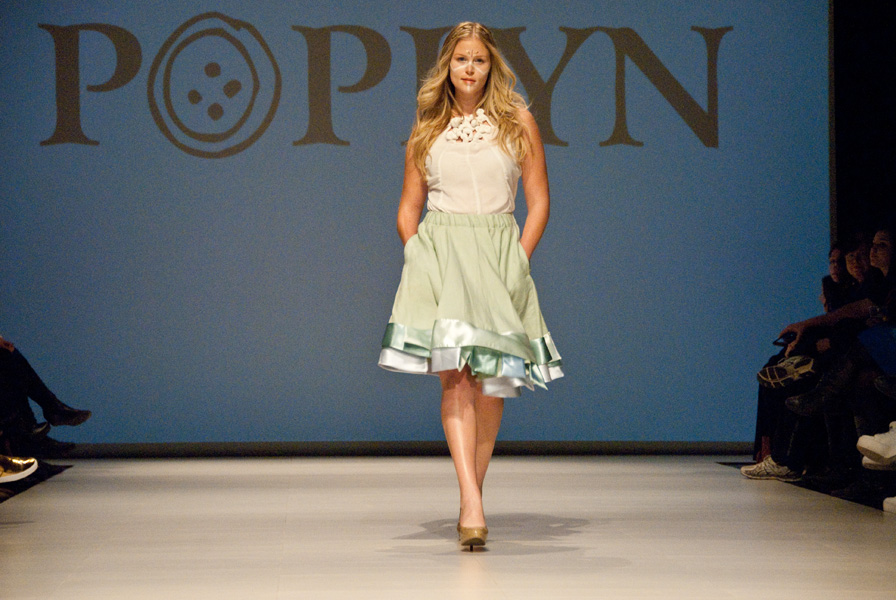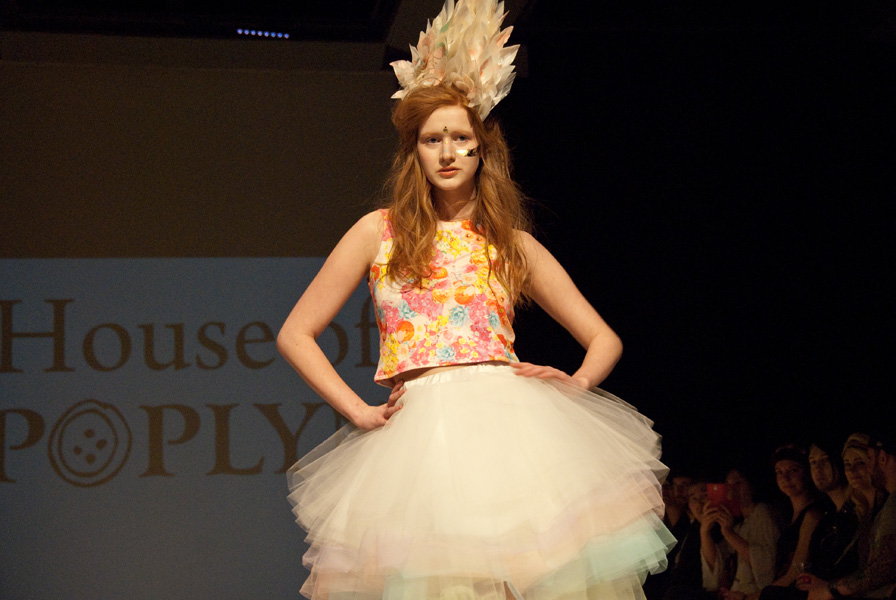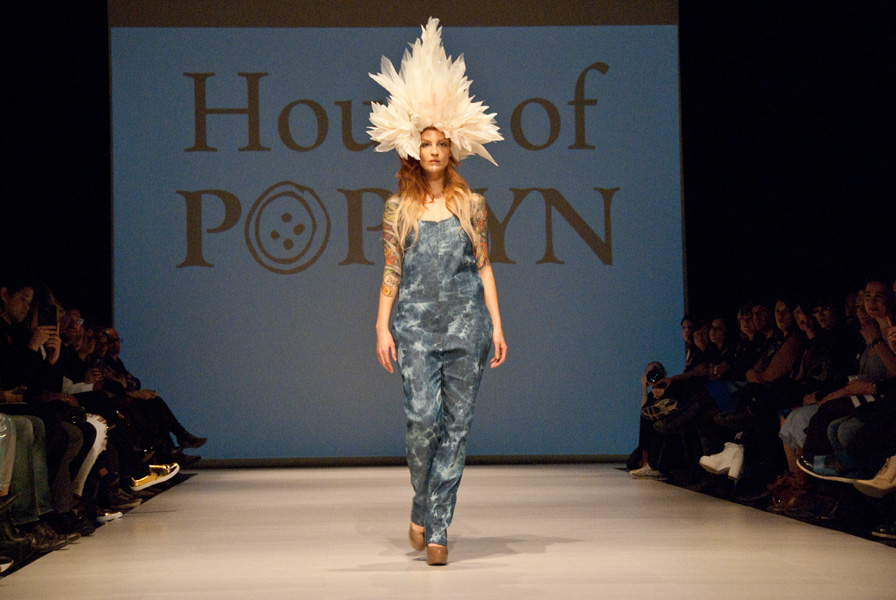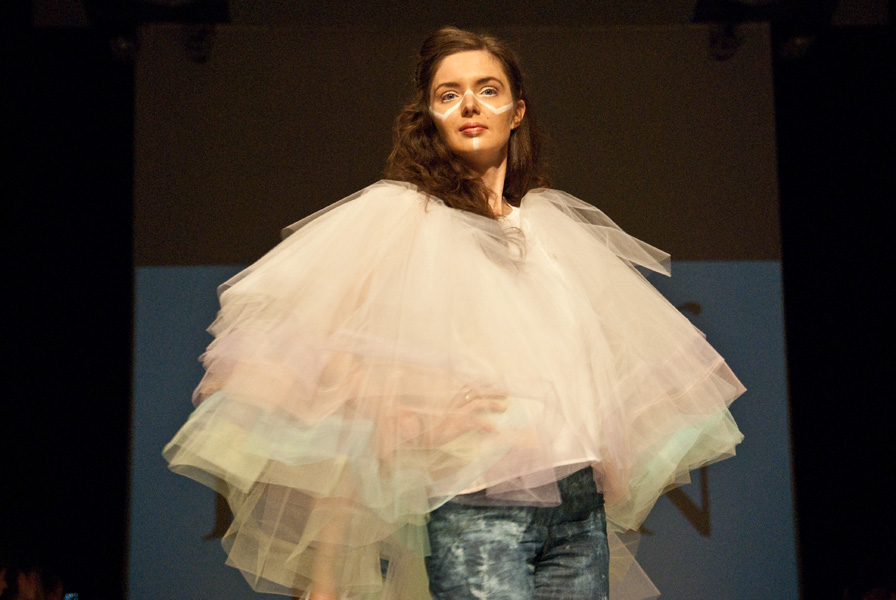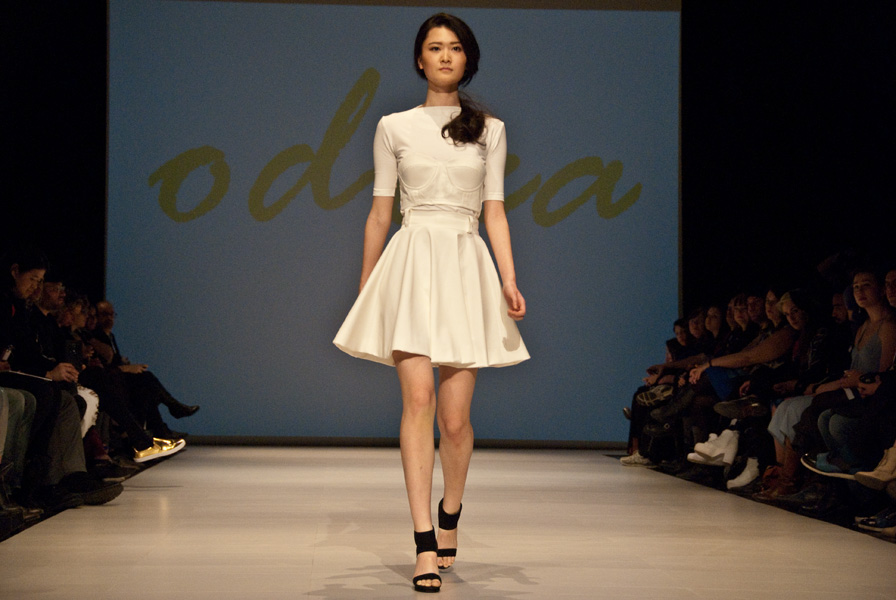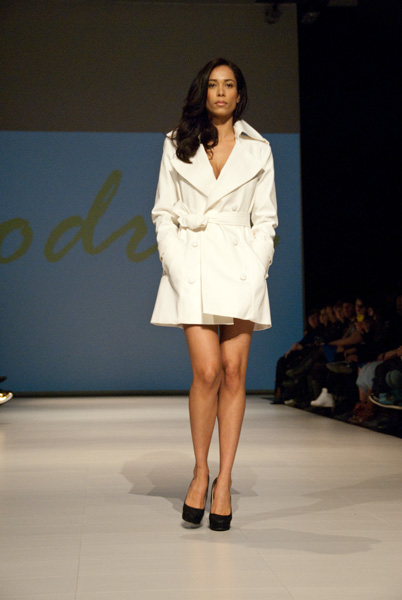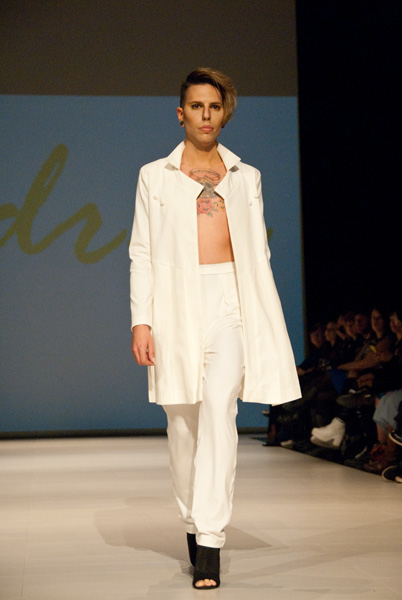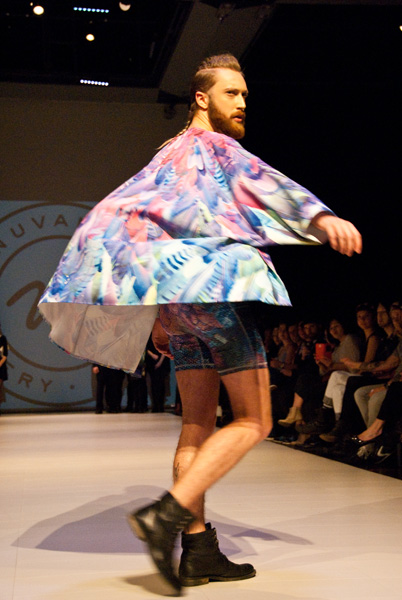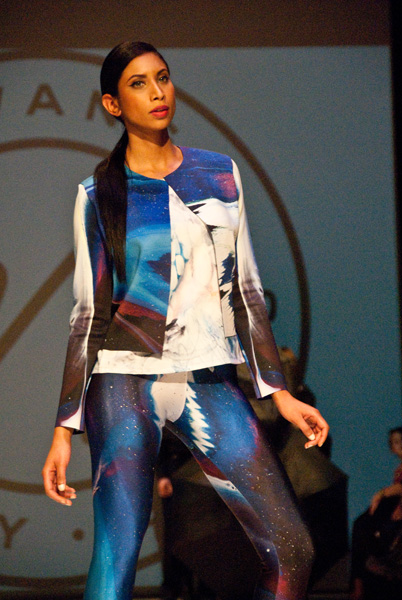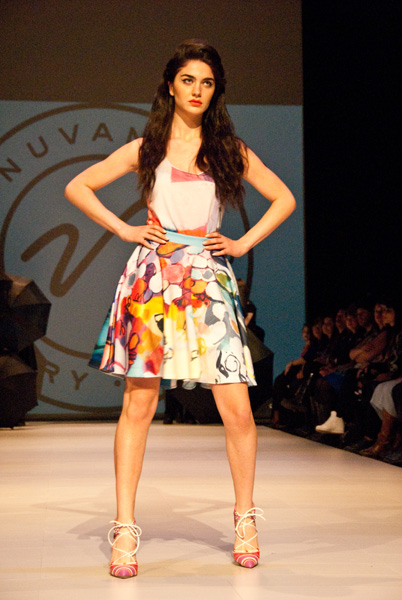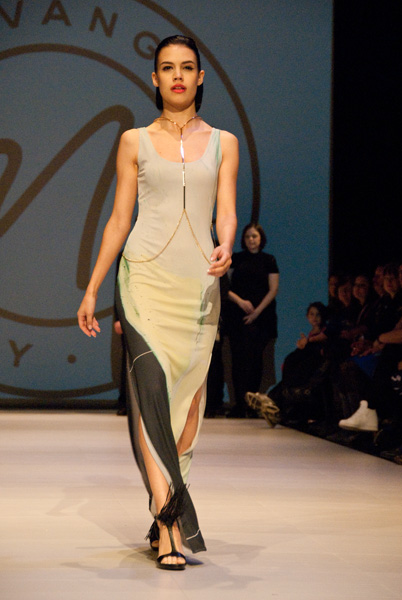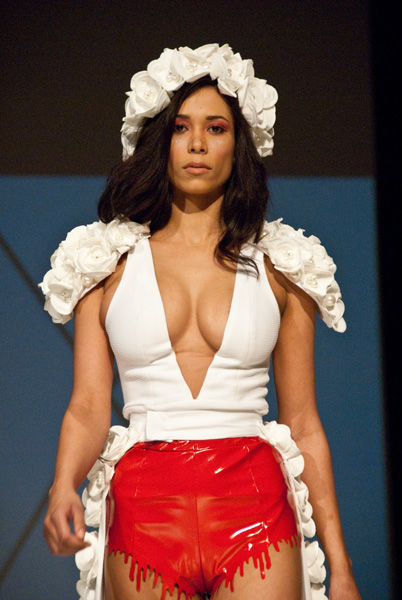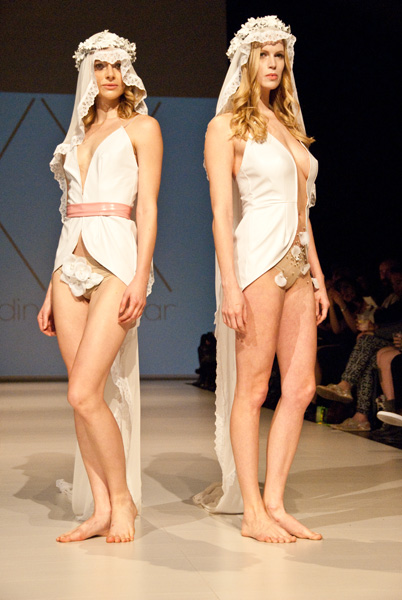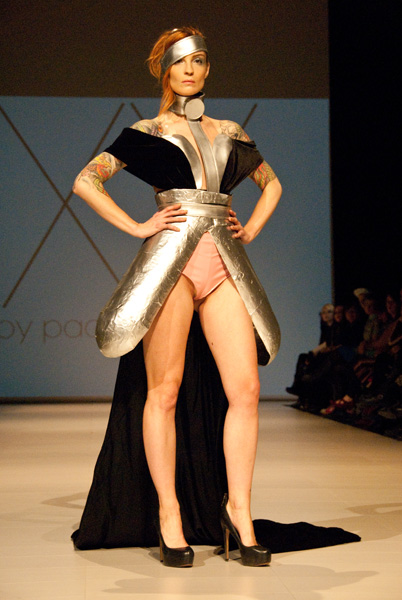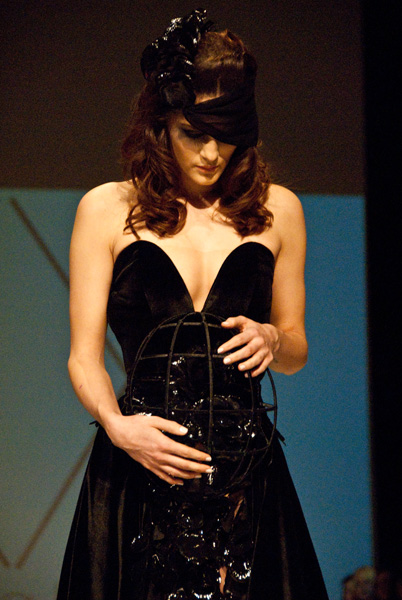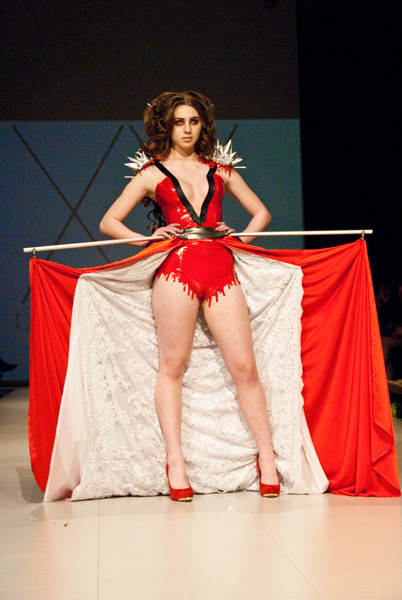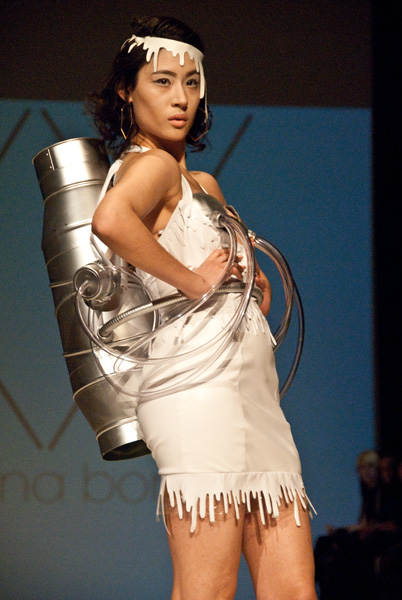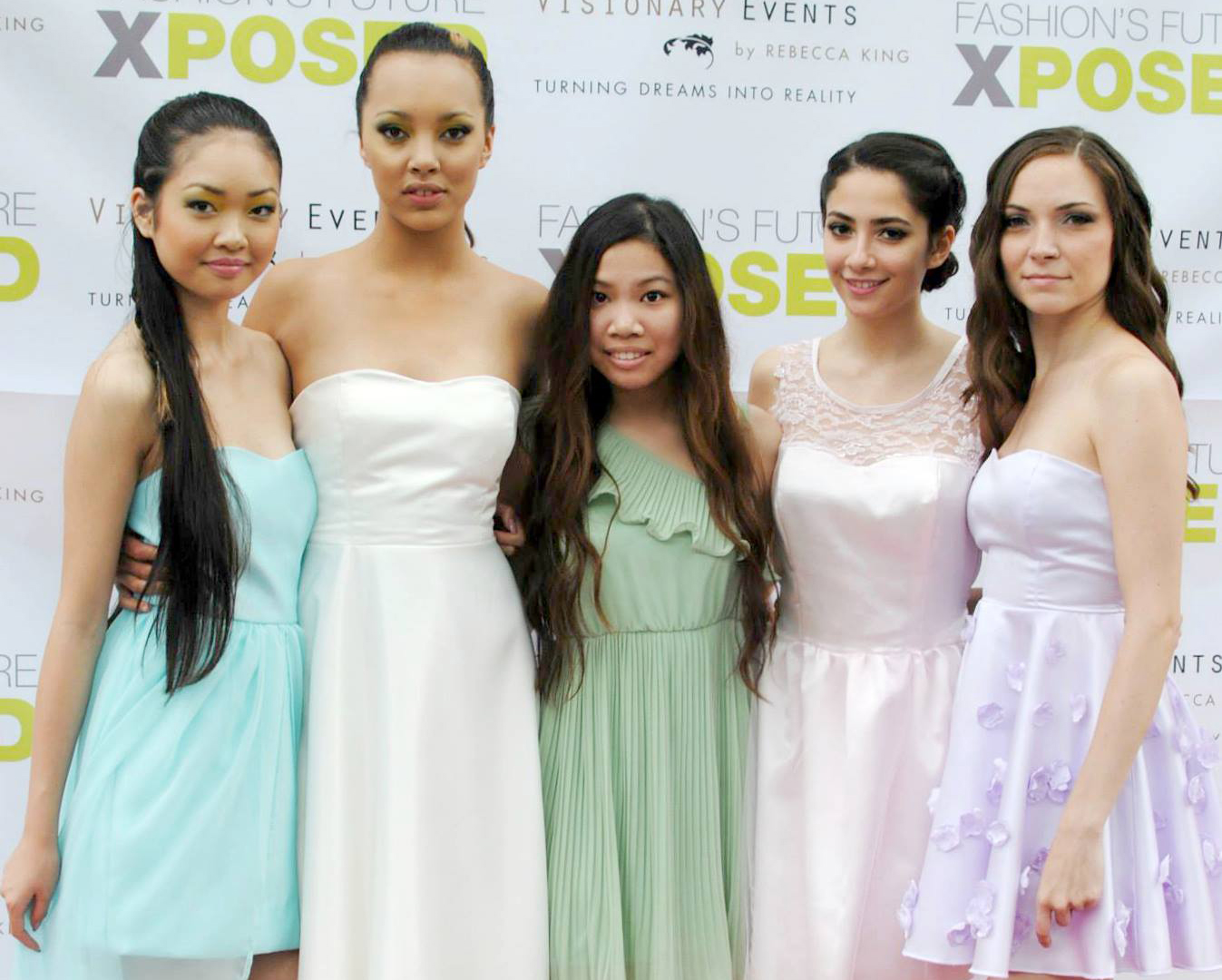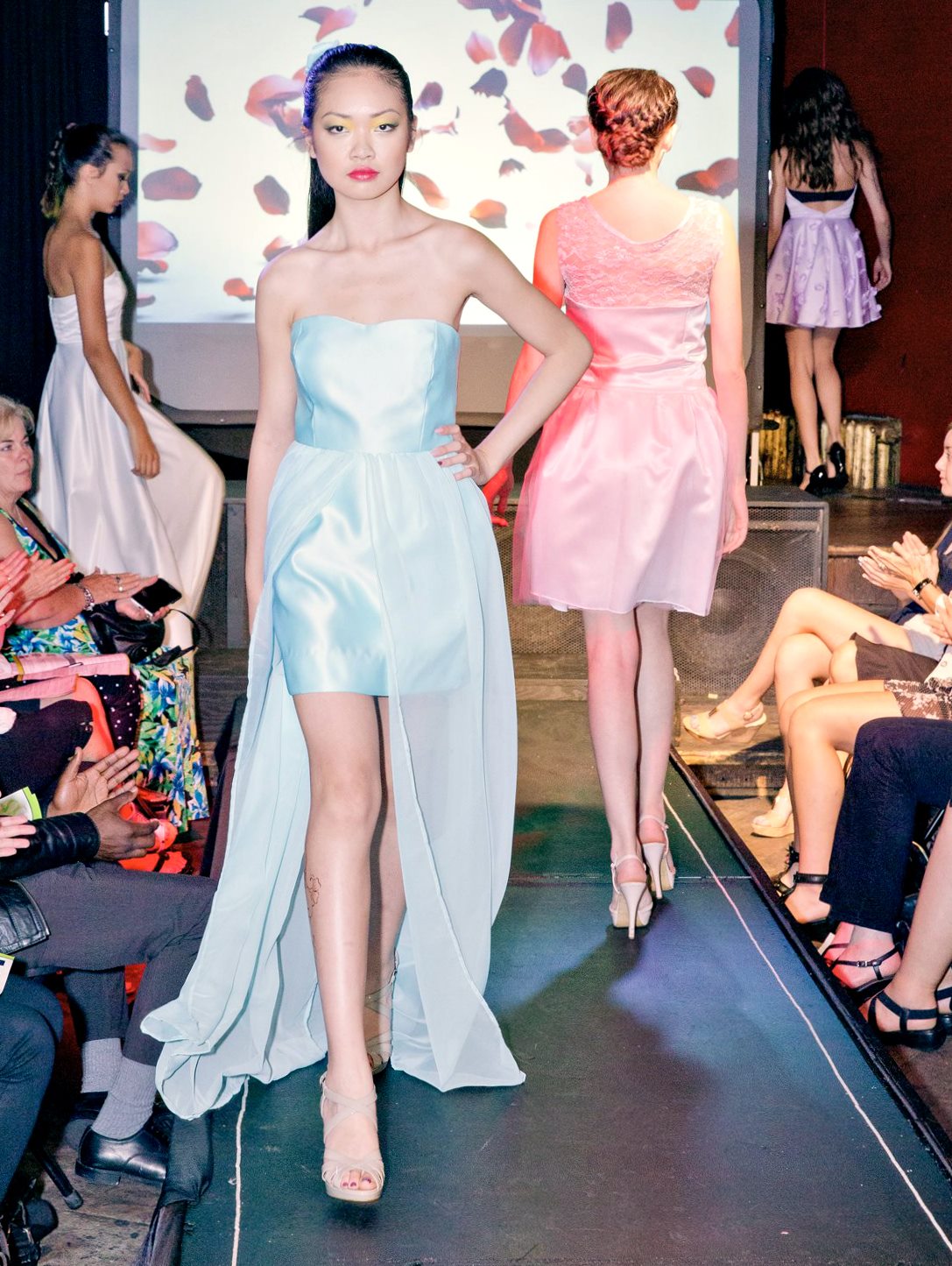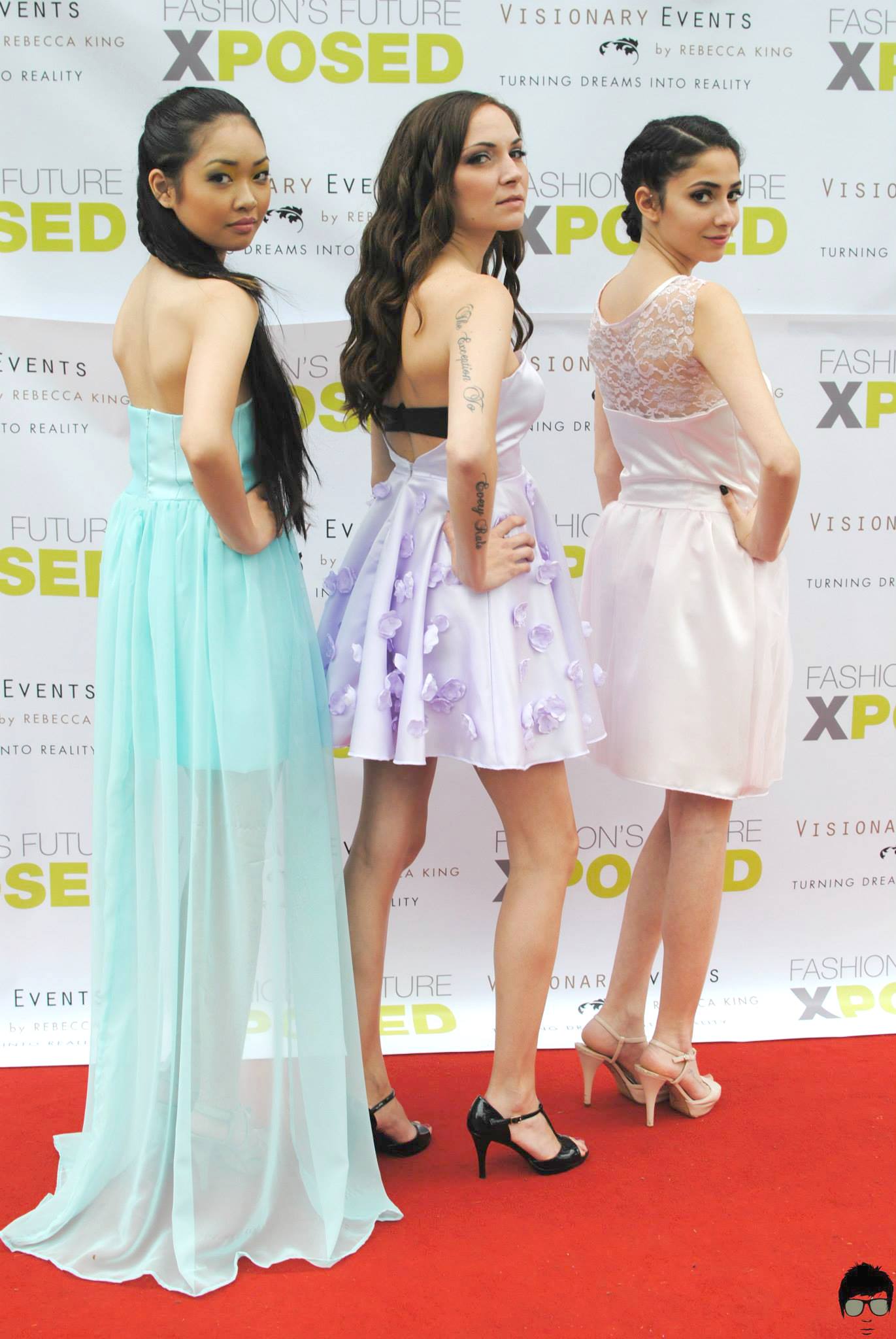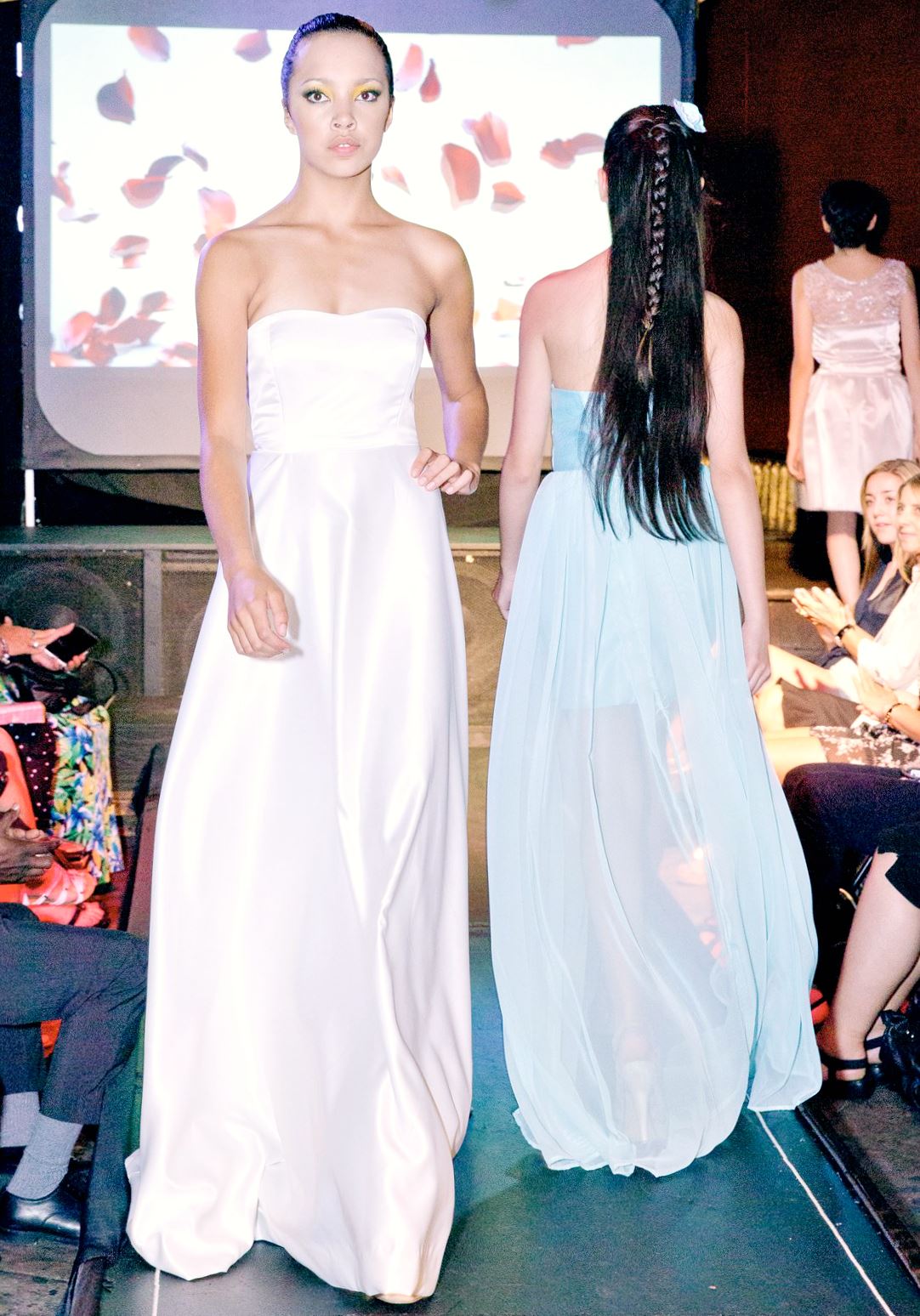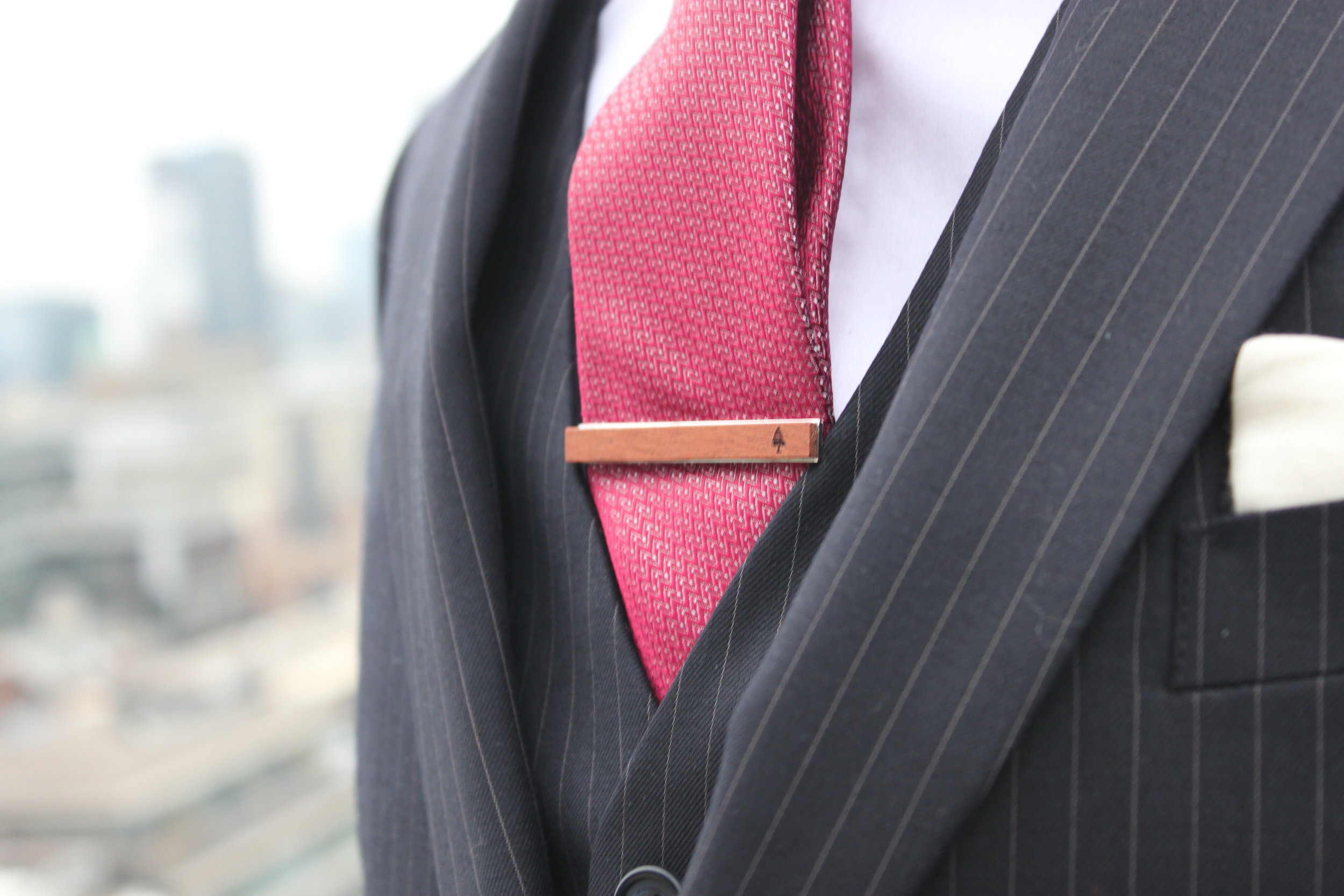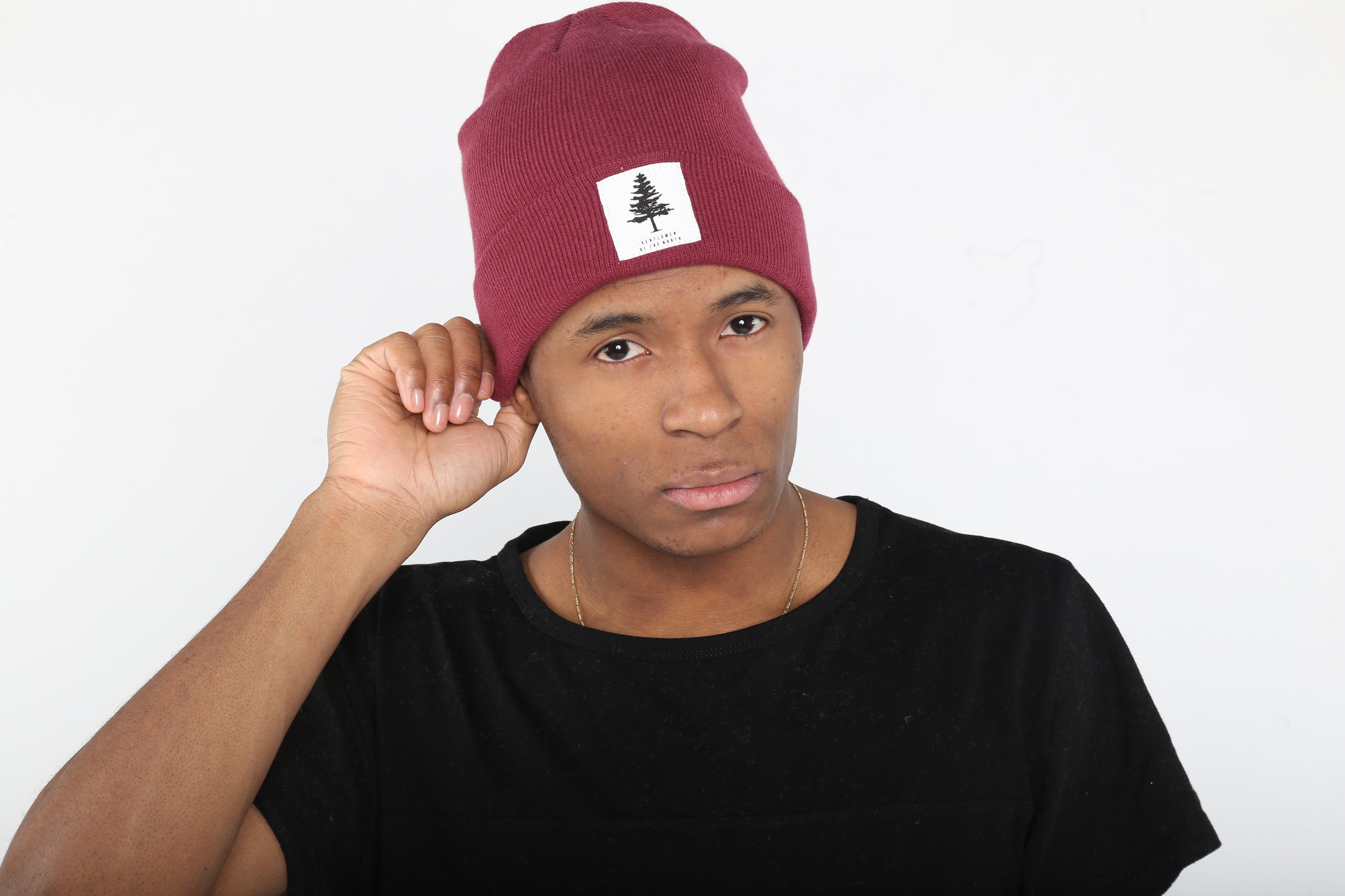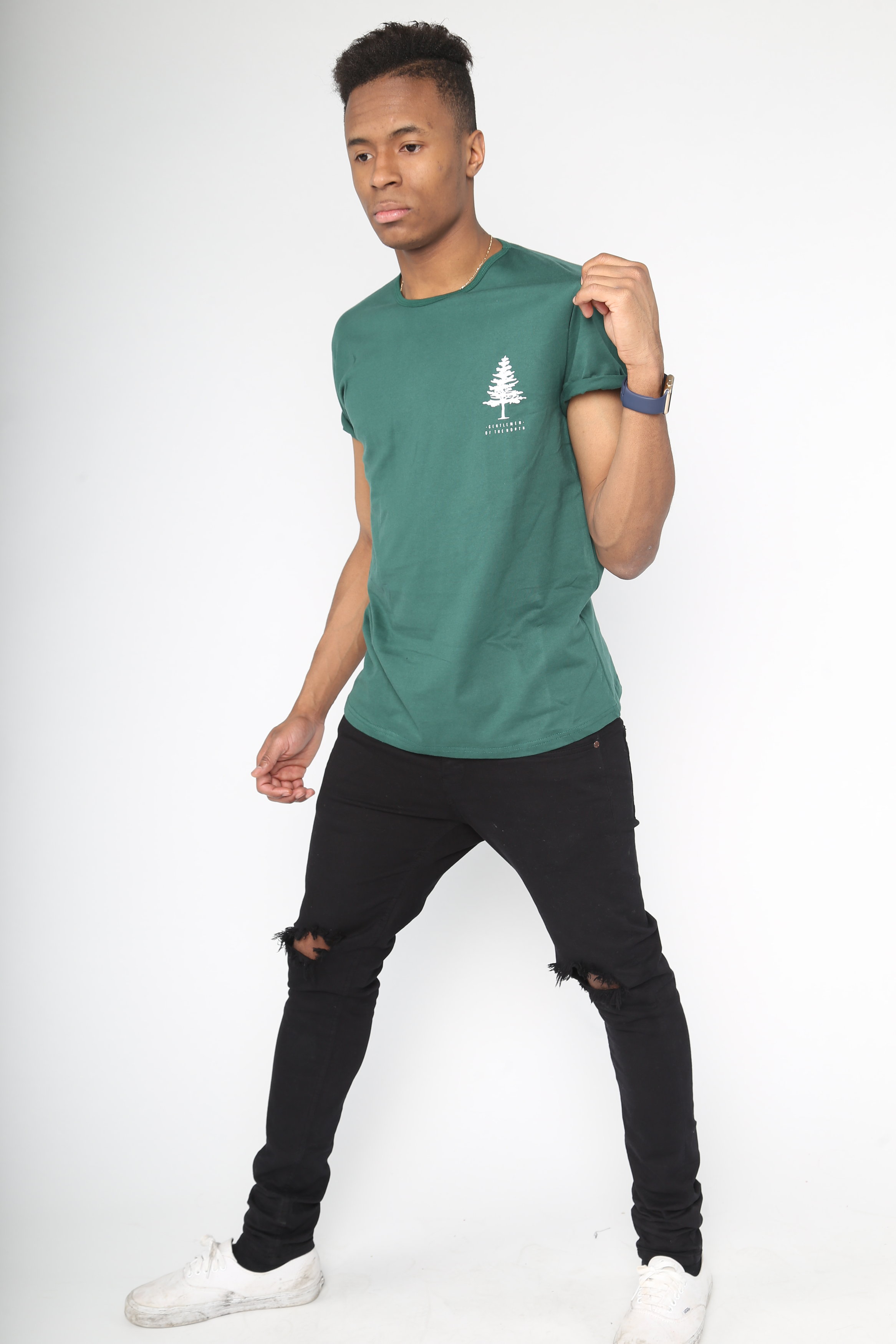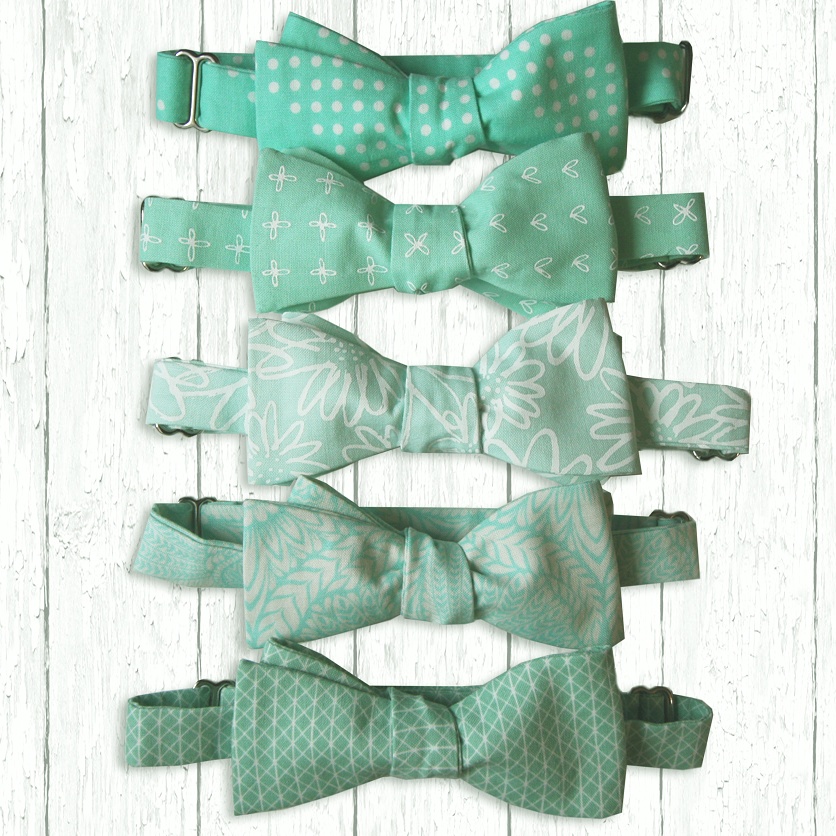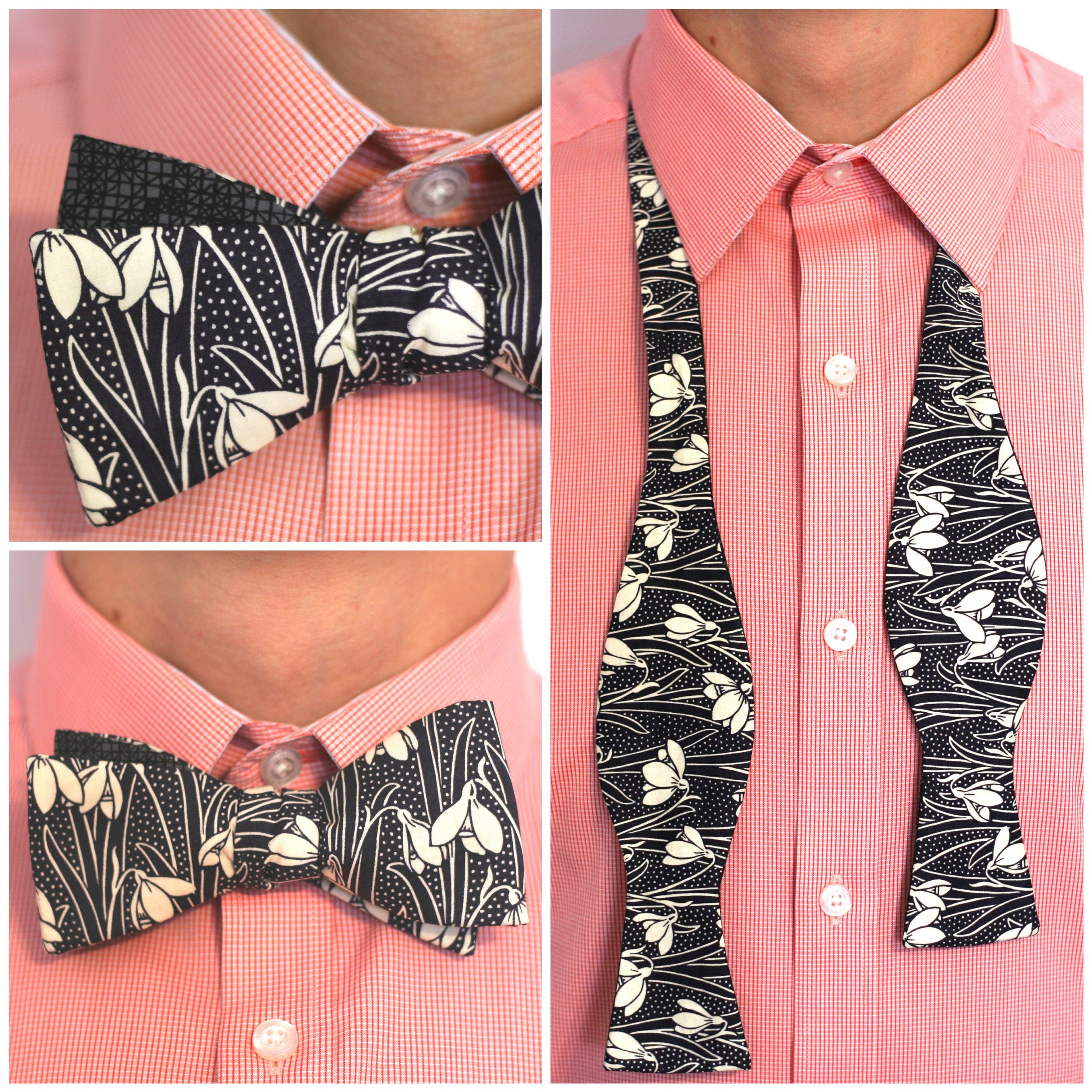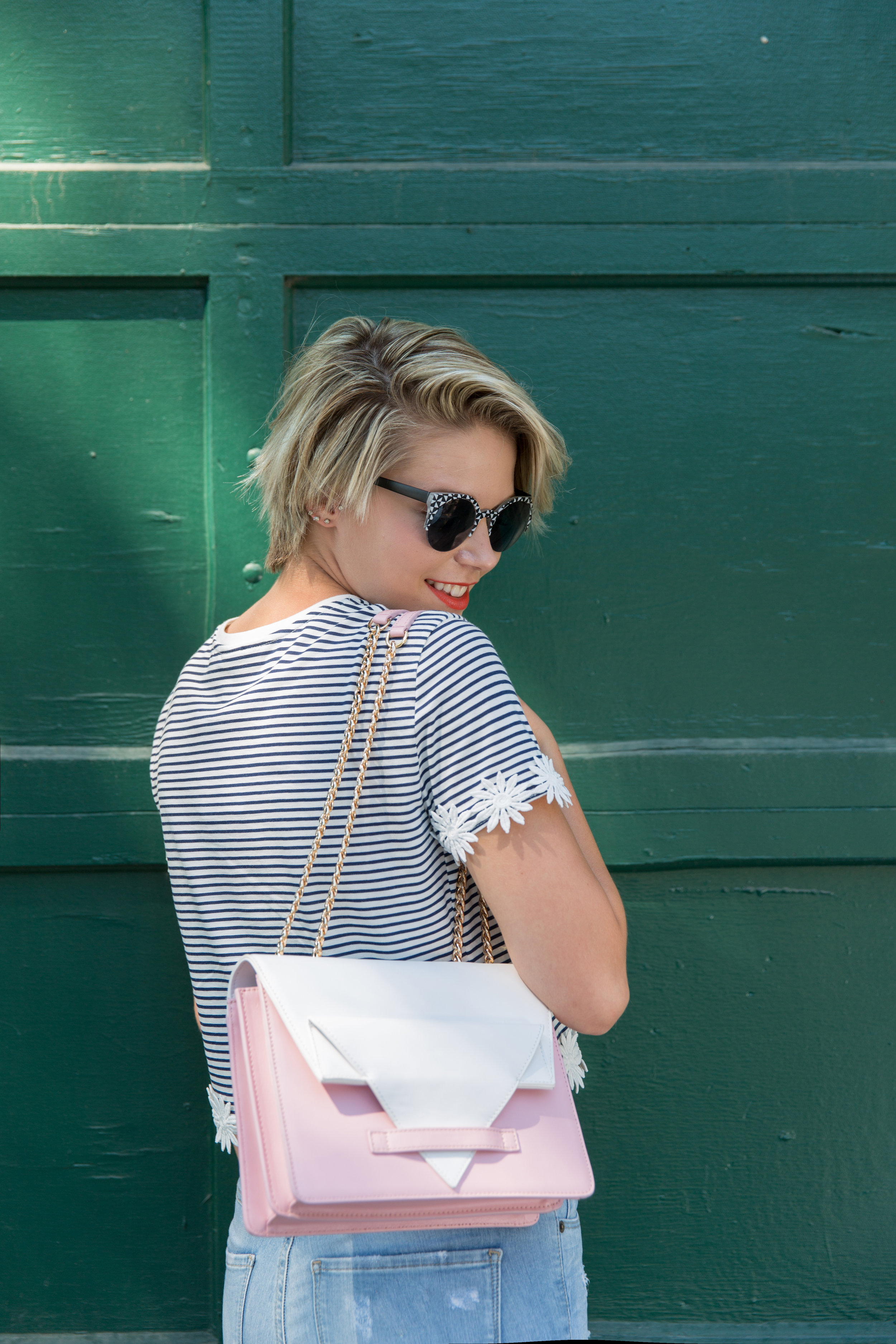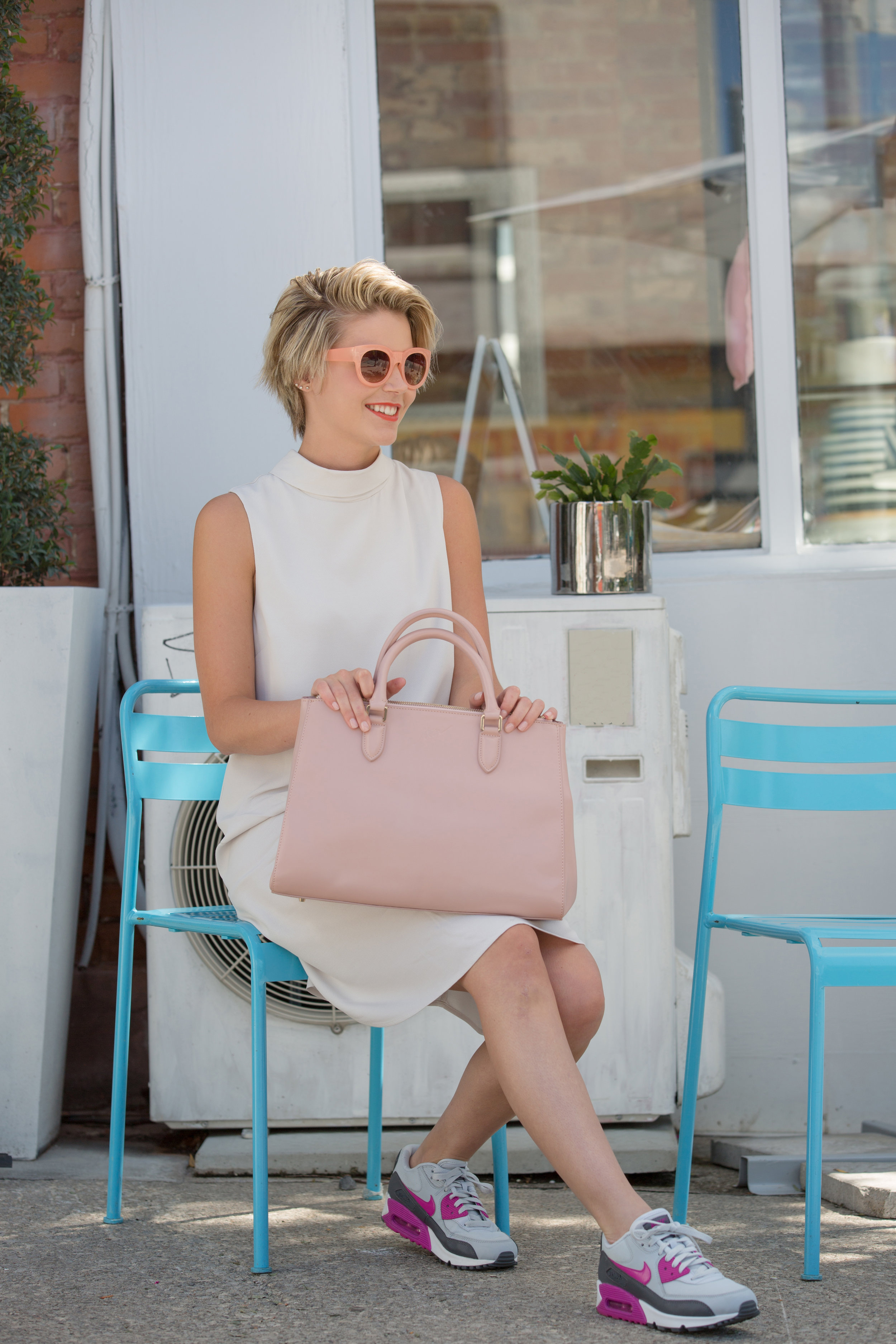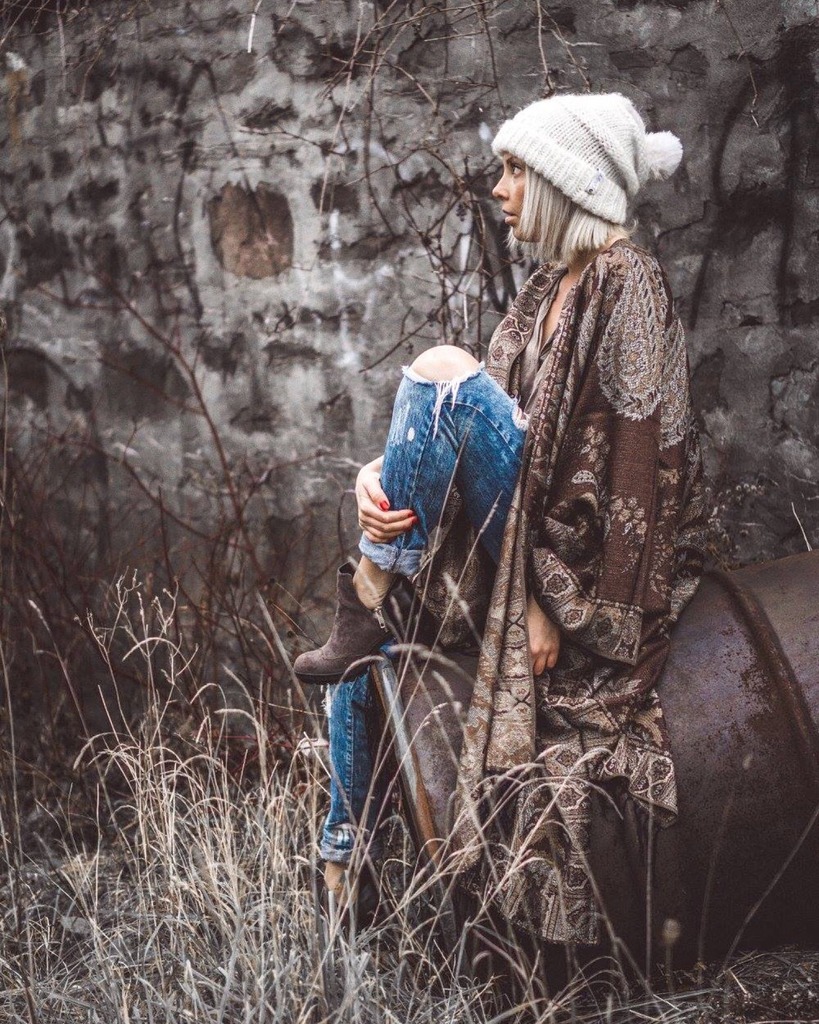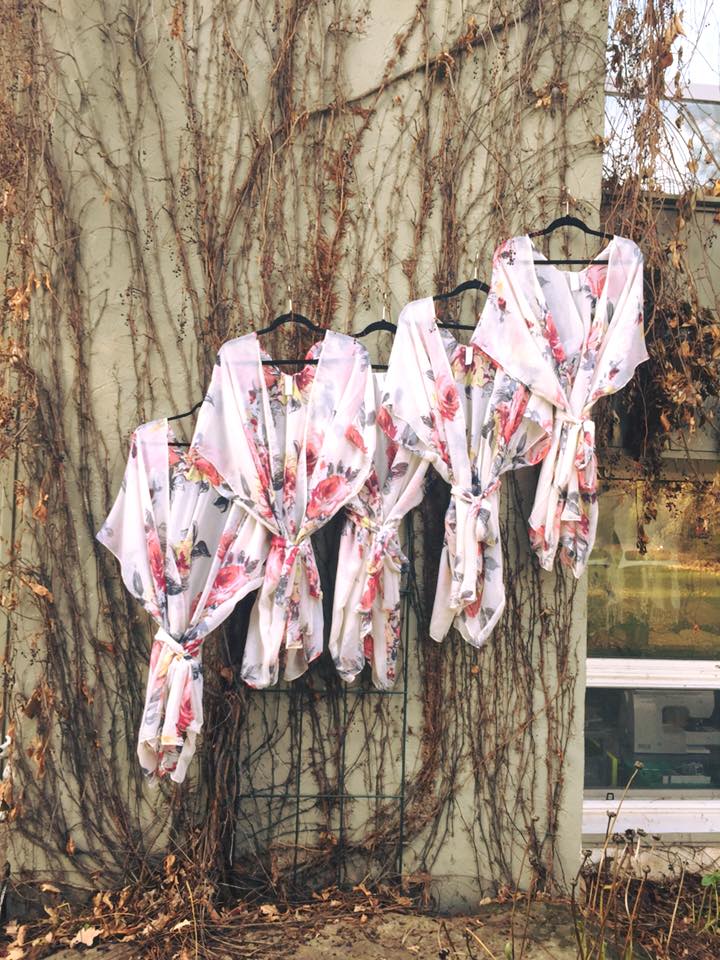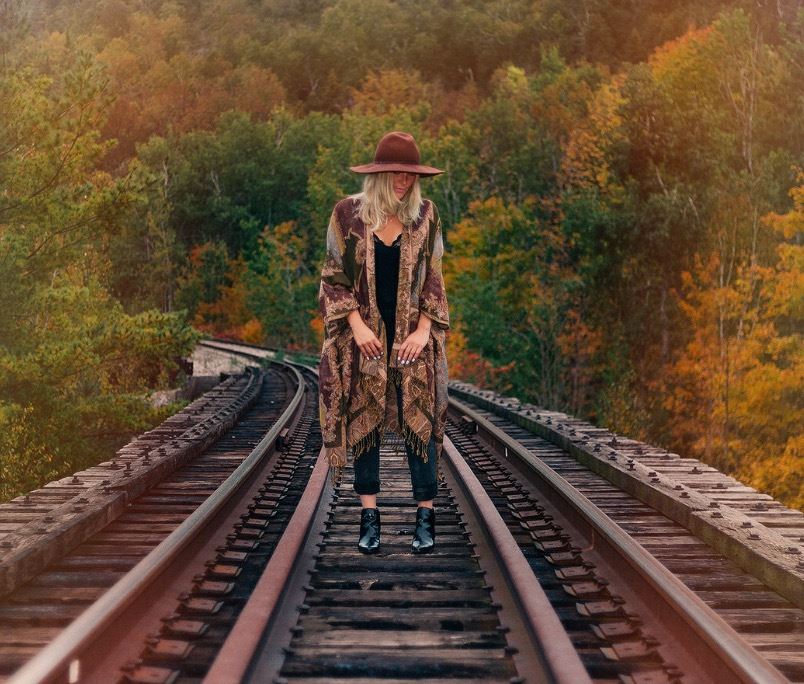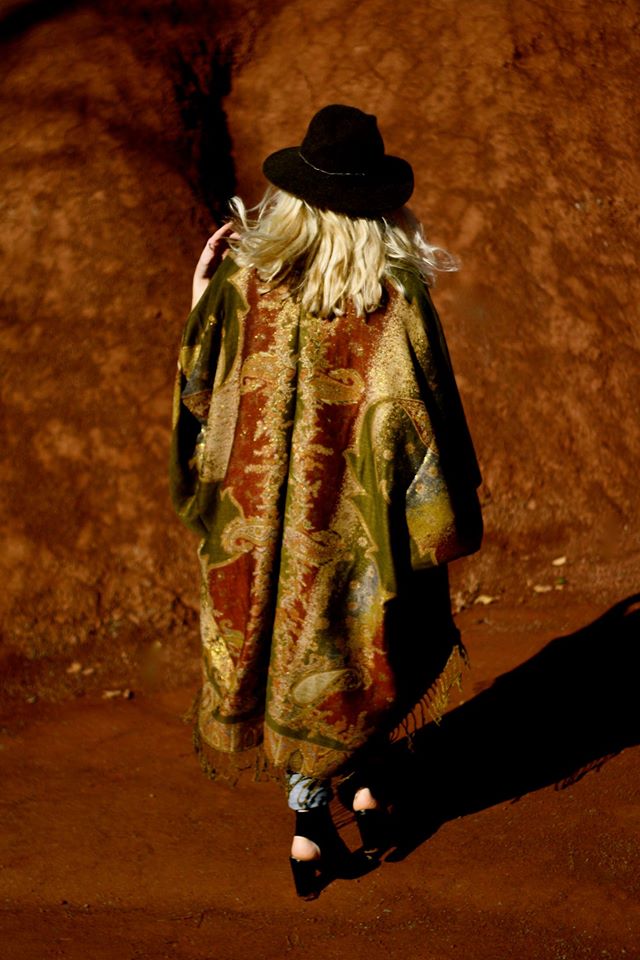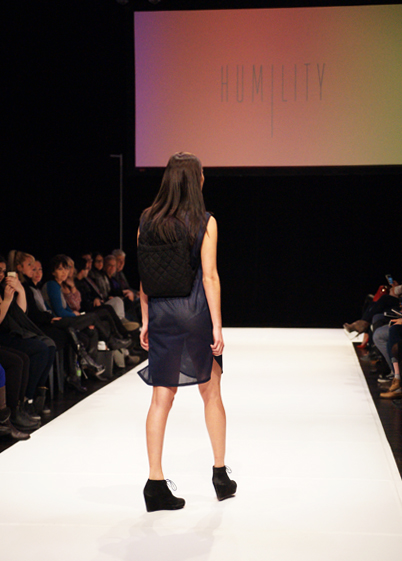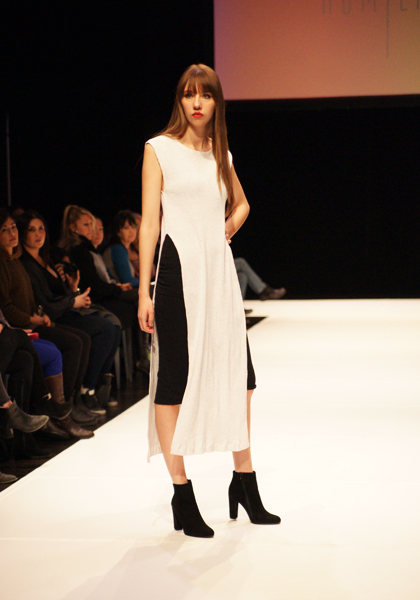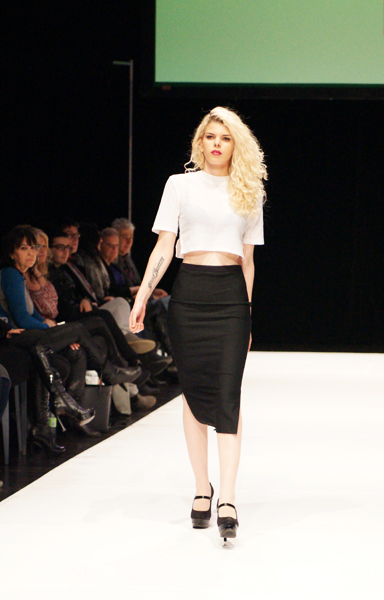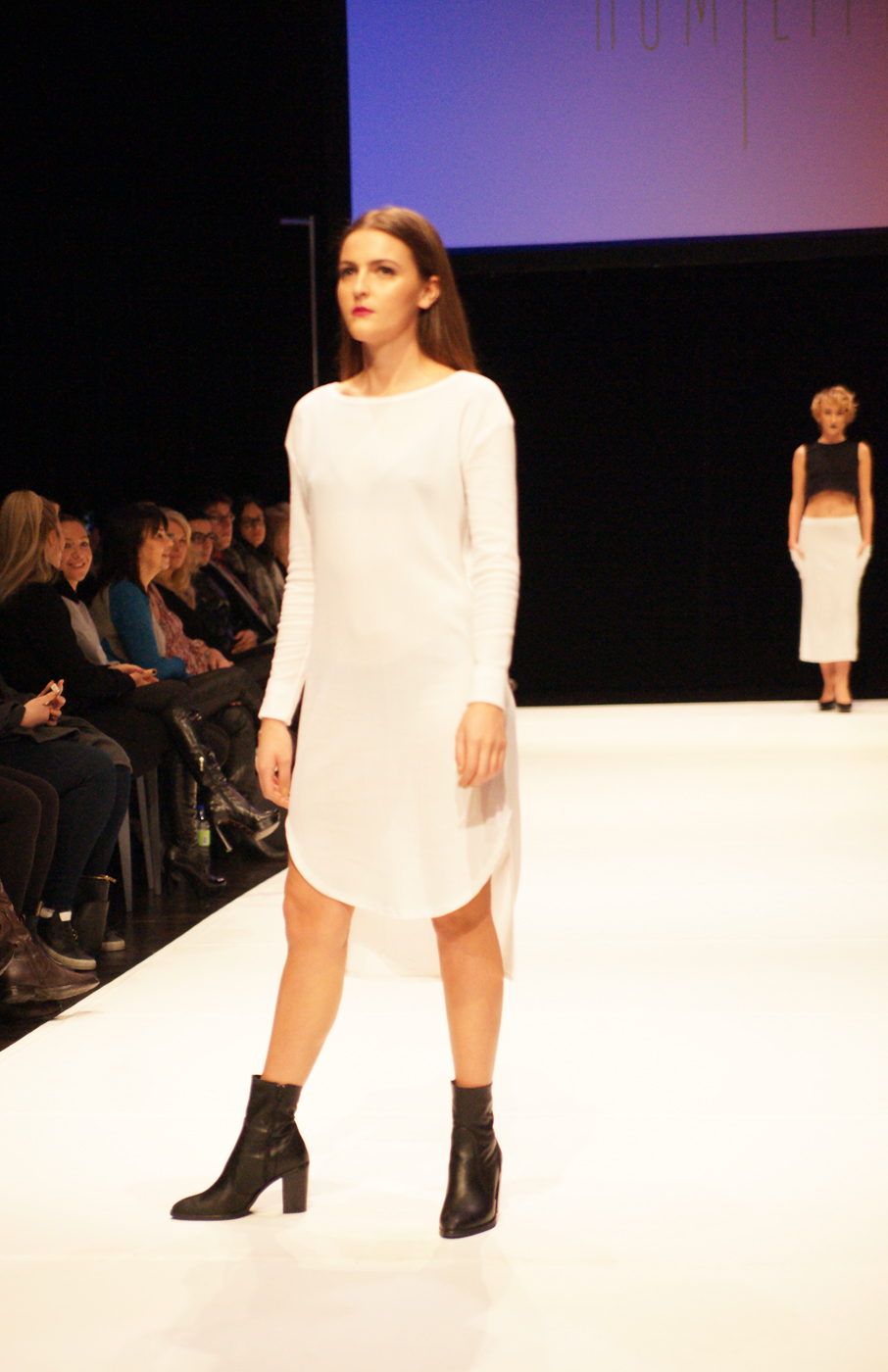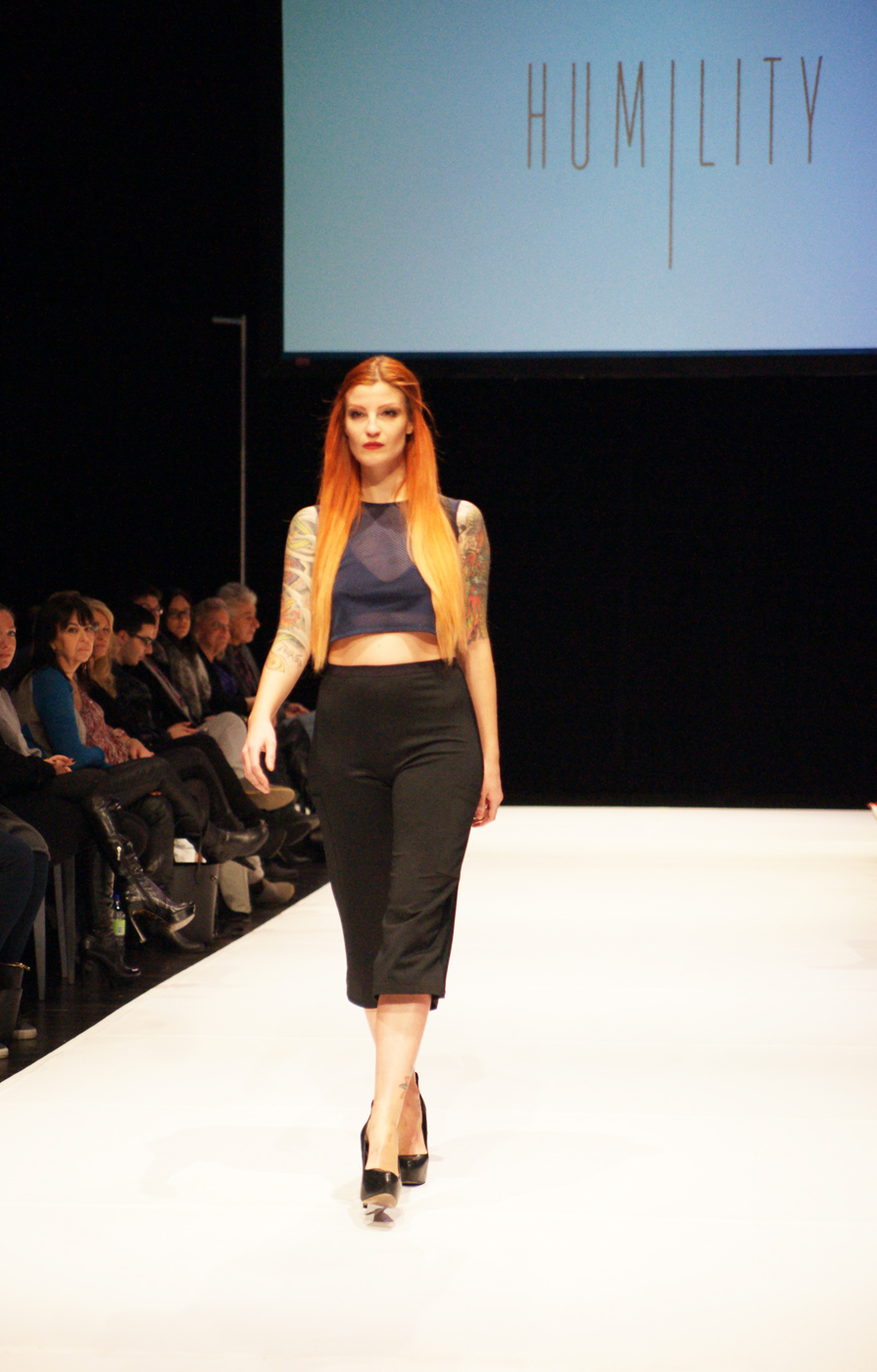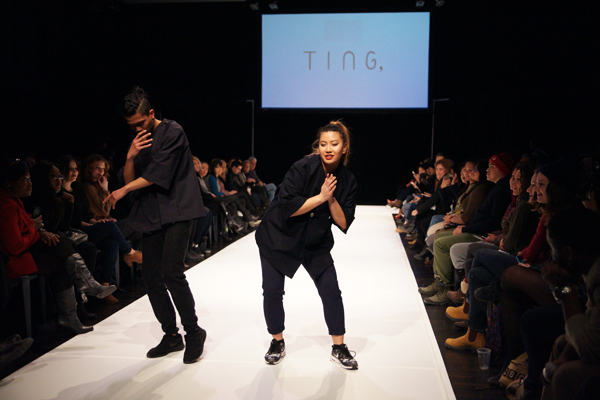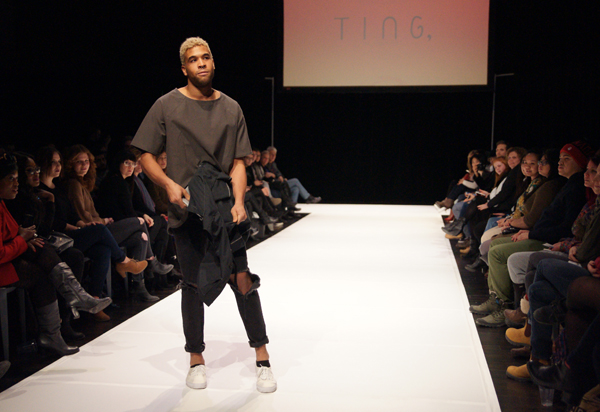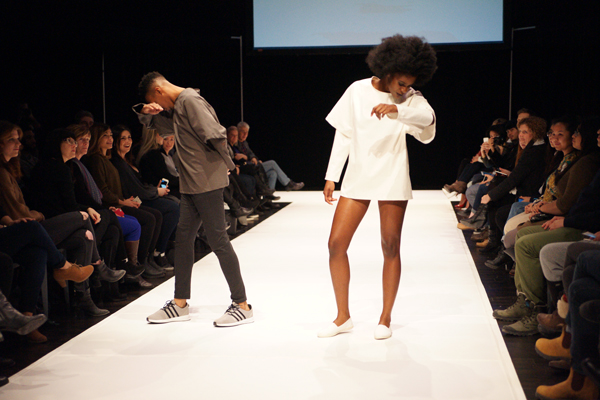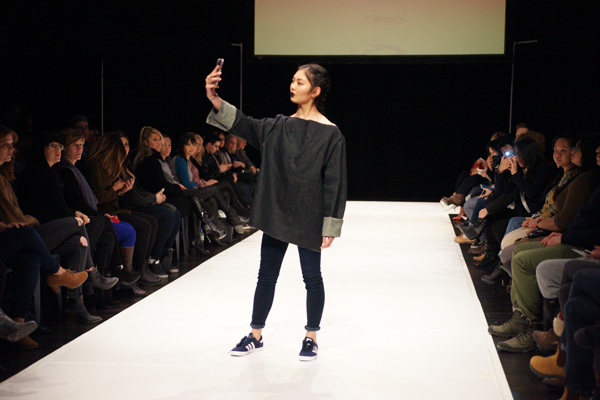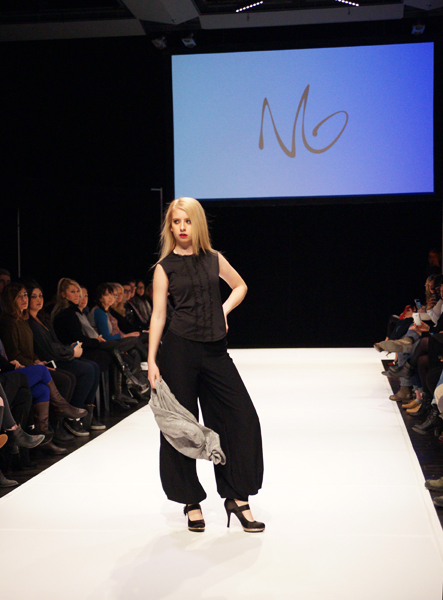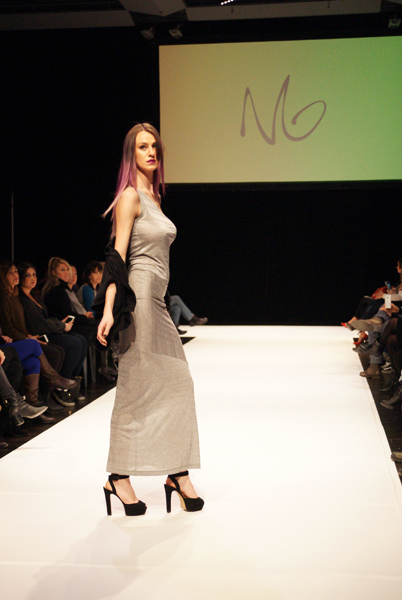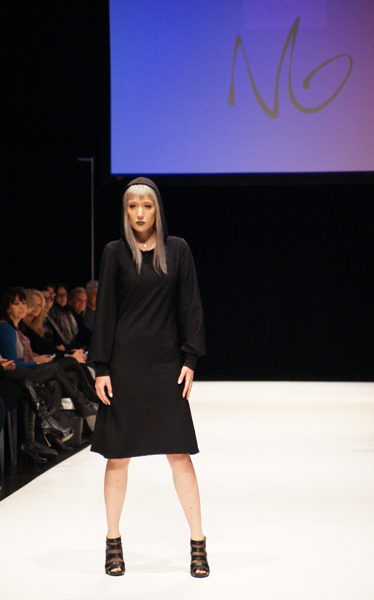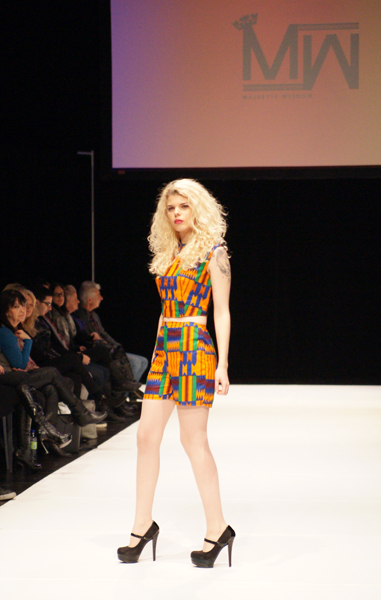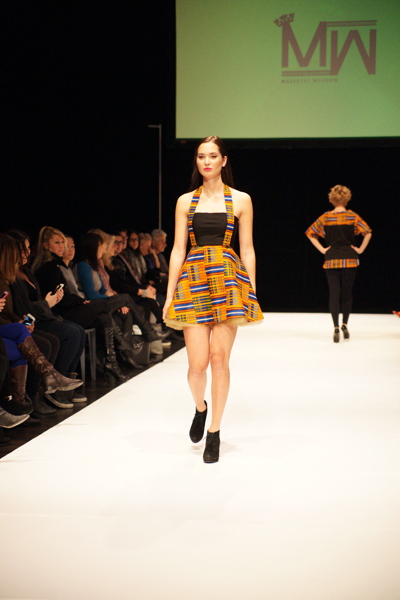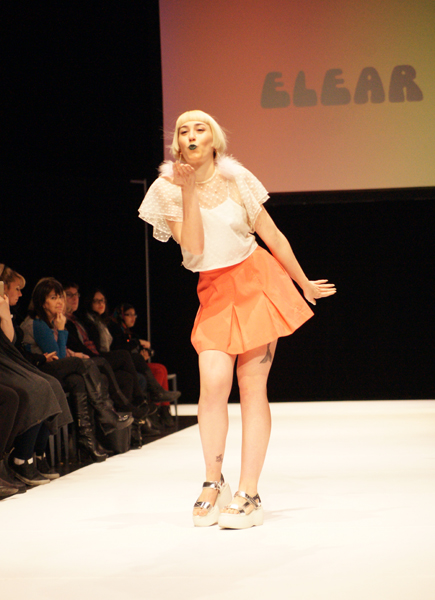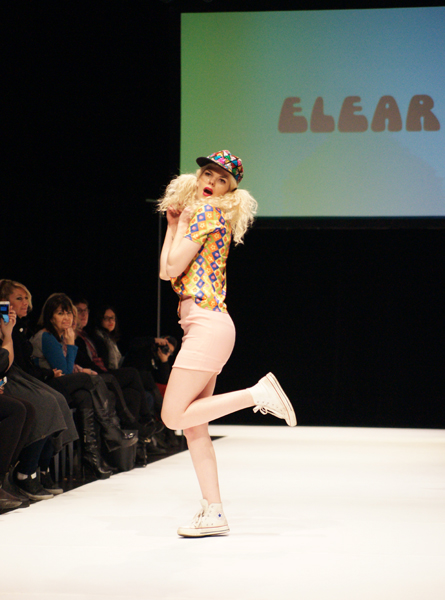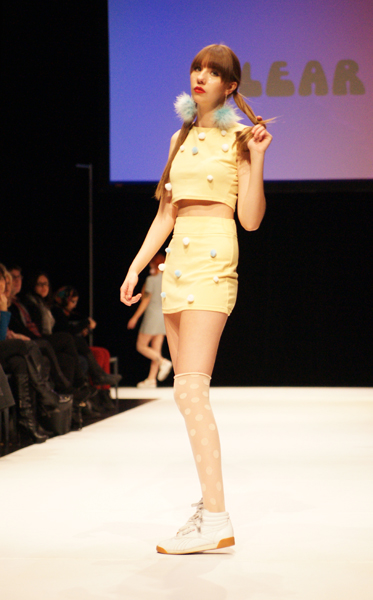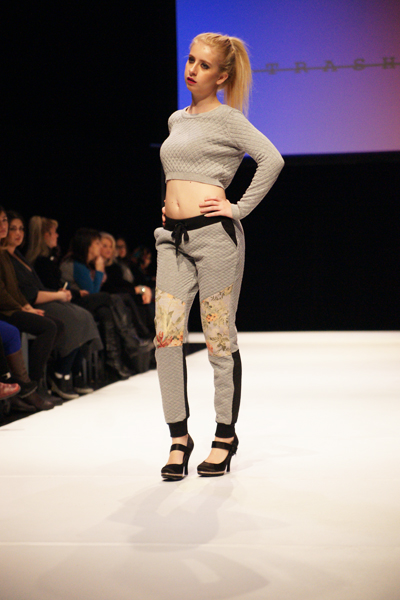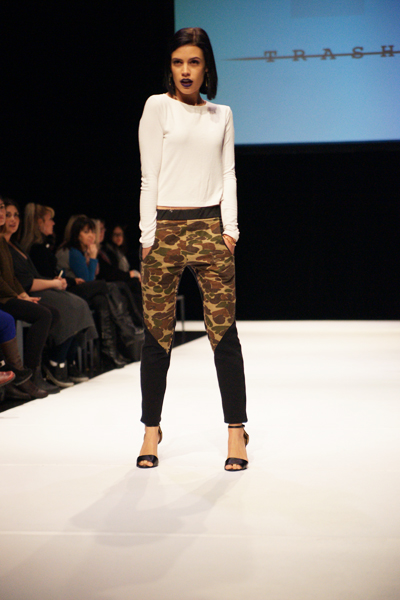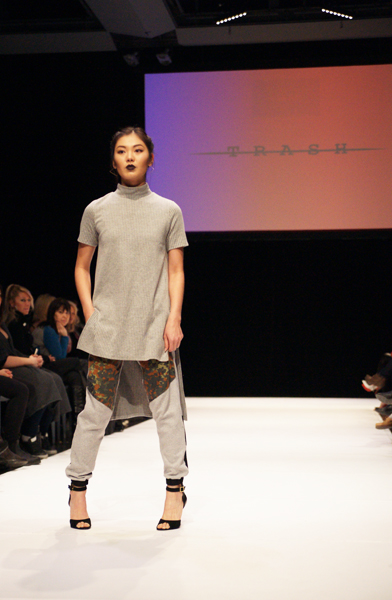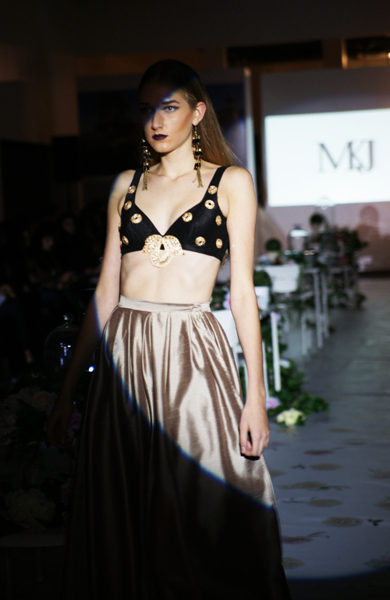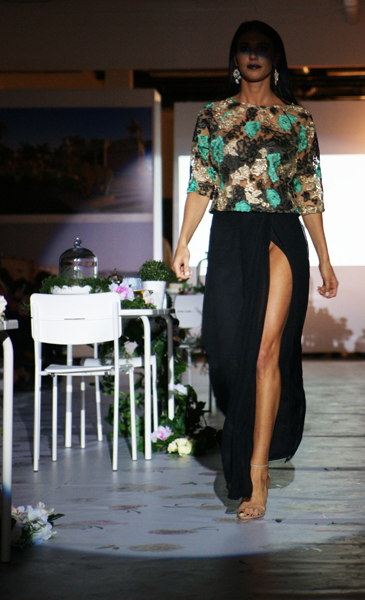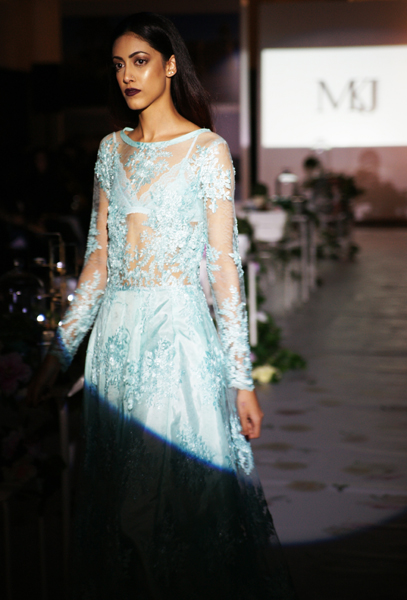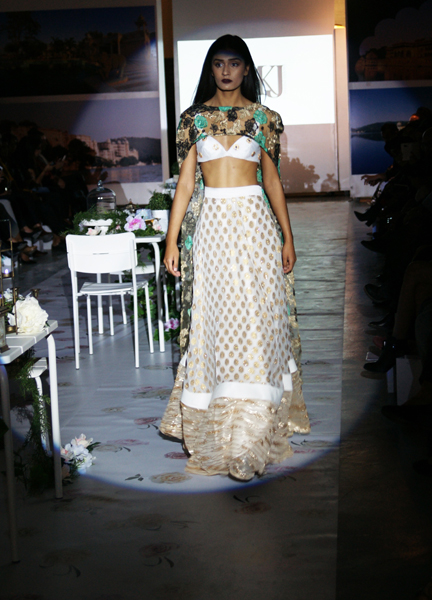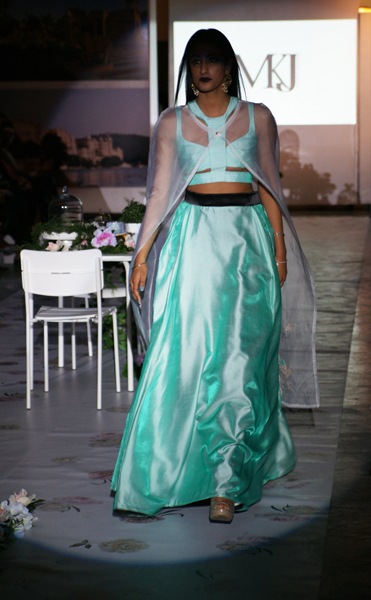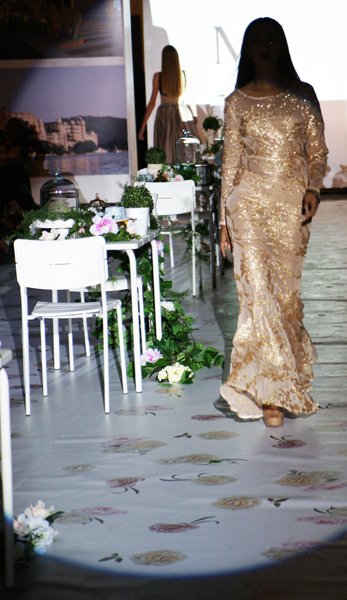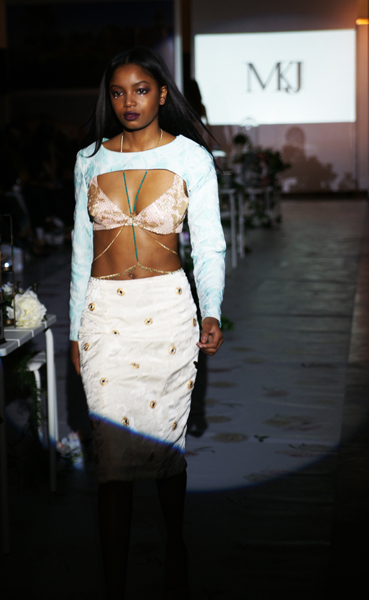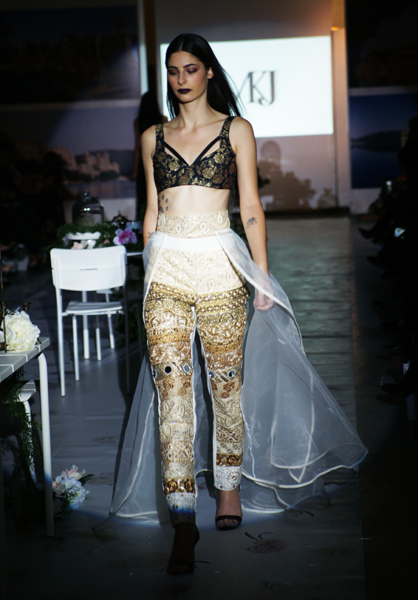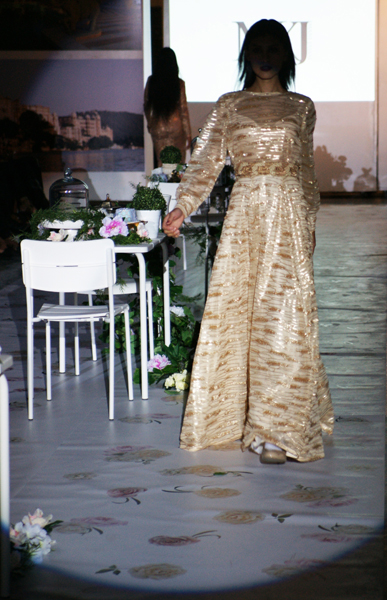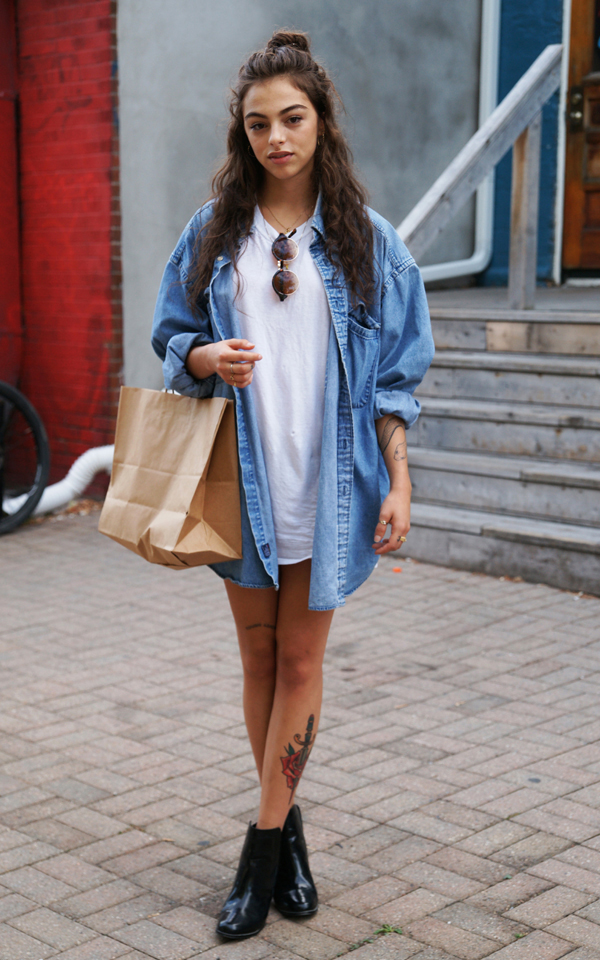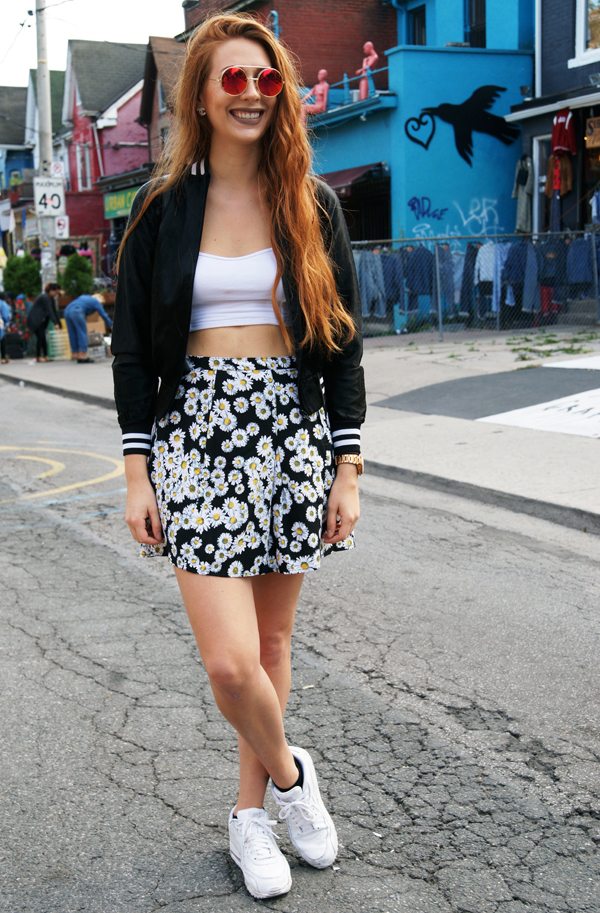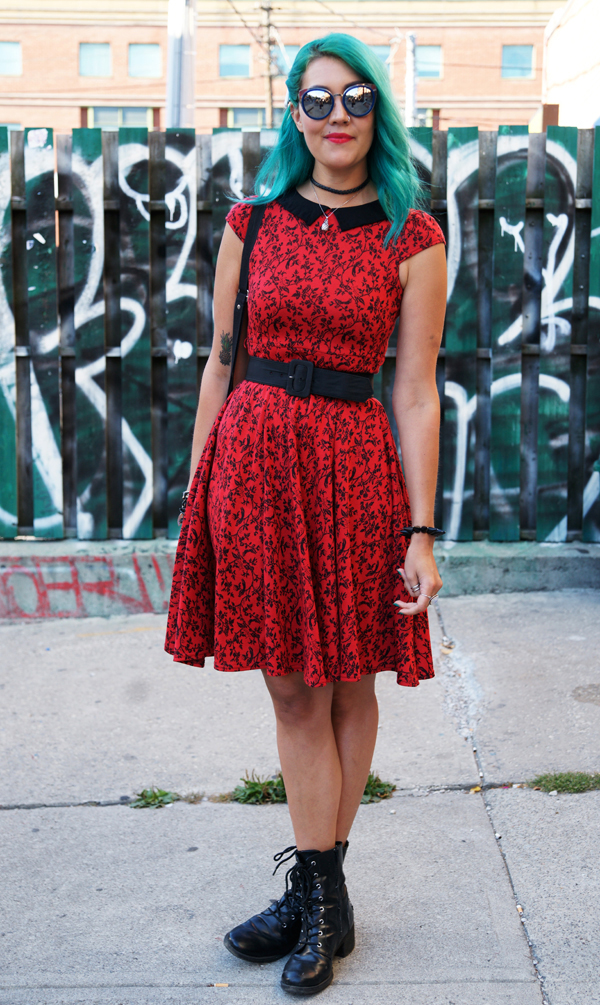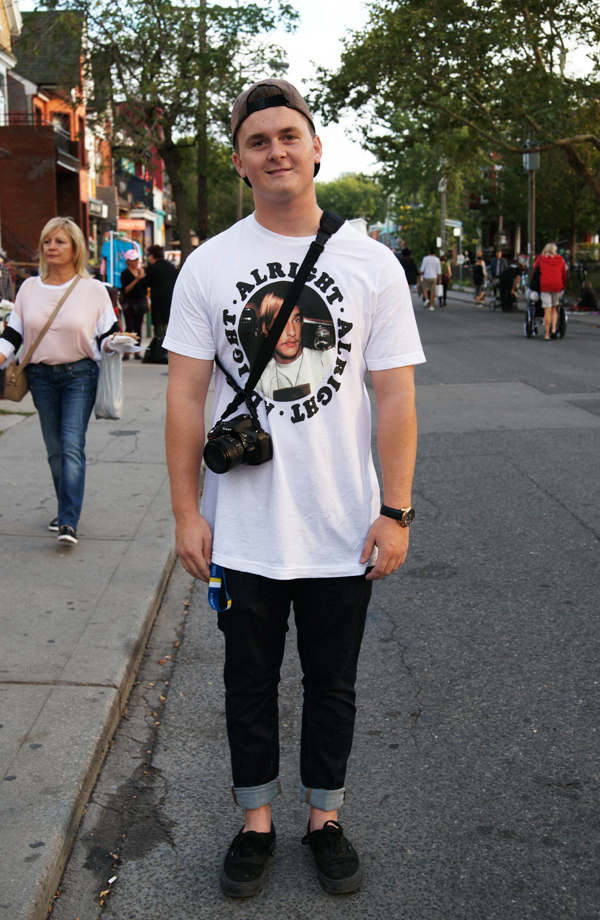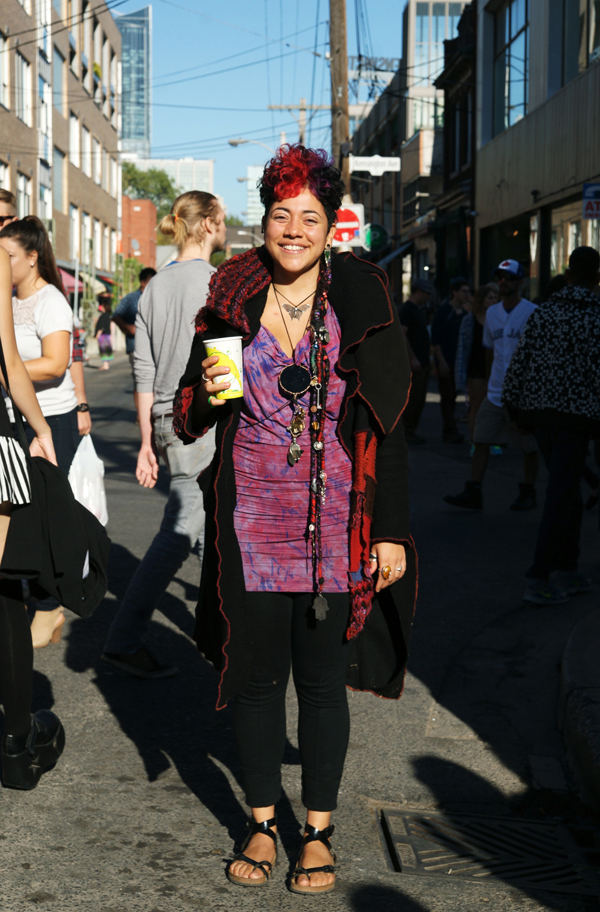Chokers and laptop stickers are quickly being replaced by fur key-chains and vintage baseball caps, but nothing is exploding quite like the pins and patches trend.
“We started to see the pin and patch game really taking off in 2014”, says Megan Campagnolo, Toronto-based designer and creator of Rosehound Apparel.
When Campagnolo started her female-oriented independent clothing line, Girl Gang, pin and patch culture “didn’t really exist.” It was with the gap in the female market that called for girly pins and patches and allowed her to find her place.
Campagnolo believes that pins and patches are great accessories because they are an affordable way for young people to support local artists. “It’s a great extension of an artist’s work because the customer can express their support at an accommodating price point,” she said.
Kelley Feighan is the co-owner of Valley Cruise Press, a lifestyle company based in the U.S. that specializes in pins and patches. They ship internationally but are commonly found in locally owned Canadian stores like, Drunken Sailor in Alberta, O’s Clothes in Hamilton, Ex-Voto in Montreal and Sonic Boom and Philistine in Toronto.
She agrees with Campagnolo. “Our brand in particular looks at pins and patches more as art than anything else. Pins are an extension of that. They are a cool way to showcase artists’ work,” she said.
“We love working with artists and allowing them to express themselves.”
Now, big-name stores, brands and sites such as Urban Outfitters, Zara and Forever21 have caught onto the trend.
“It has become mainstream,” said Feighan. “Now you see them everywhere.”
Feighan believes apps like Instagram have played a major role in the rising popularity of pins and patches because they “really made art more accessible to everyone.”
Emma Sweeney is the mastermind behind Holymoly, an Instagram account that sells the artist’s handmade pins and patches. She has been creating patches, and now pins — with the help of fine arts student, Taylor Comfort — since January 2016. Sweeney considers their work, art.
Her inspiration is drawn from her passion for art and her love of the art industry and the art world. She always wanted to create something and be a part of the world she loved so much, but wasn’t sure how to be.
“I wanted to express myself but I didn’t know how,” she said. It wasn’t until she started noticing pins and patches on Instagram and around the city that she thought, “maybe I can do this.”
Sweeney struggled with not possessing what she considers strong drawing and painting skills.
“I’ve always had the desire but not the organic skills — and that was hard on my heart,” Sweeney said. But with practice her trade has blossomed and continues to get better.
Today Holymoly is less of a brand and more of a way for Sweeney to channel her yearning for creativity into something physical. The product is not sold in stores but can be purchased through her Instagram page.
While the trend started gaining popularity through social media, pins and patches have grown so much that they often have their own section on online shopping sites. They are often featured on stands at the front of the store, or near the cash.
Sonic Boom in Toronto carries roughly 10 different pin brands from both international artists and local designers. “There are lots of options for customers to choose from”, said April Walsh, the store’s director of lifestyle, marketing and merchandising.
“We are in a great era in terms of pins/patches as a perfect add-on accessory,” Walsh said. “They are a great way to bring personality to classic fashion pieces like denim or leather jackets, ball caps or touques. It’s easy to change up a look by adding a pin.”
The pins and patches we see today range from big and colorful to small and simple. Some play on punny, relevant jokes, and some are cool cartoon versions of carnival snacks or boybands. But no matter what the design is, they all act as a key to an insider community.
“Pin brands are great at creating community,” said Walsh. “[They] become more of an inside joke or reference between pals.
“In a way, that also describes the people buying pins- they’re usually highly tuned in to culture/art/music/humour and just sort of get it. They want a way to show their taste and likes through an accessory.”
Victoire Boutique is another Canadian retailer of pins and patches. From their stores in Toronto and Ottawa, they try to sell pins that will appeal to a diverse group of buyers.
Regine Paquette is a co-owner of Victoire. She says people “ can really find patches and pins that speak to their very specific interests.
Paquette believes the trend is continuing to grow. “They sell great and pretty consistently!” she said.
If Paquette is right, this phenomenon isn’t going anywhere just yet. So step aside hats and belts! This accessory is here to stay!!
This story was edited by our co-fashion editor Stefanie Phillips.









